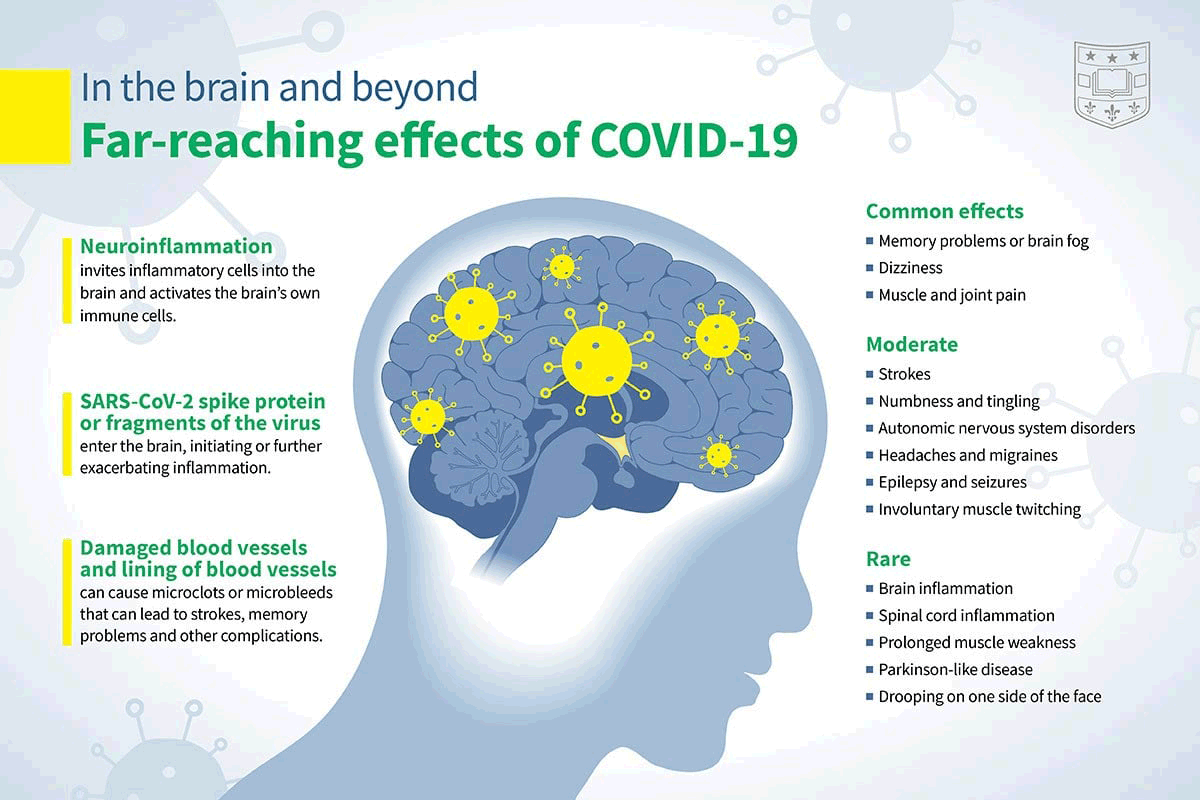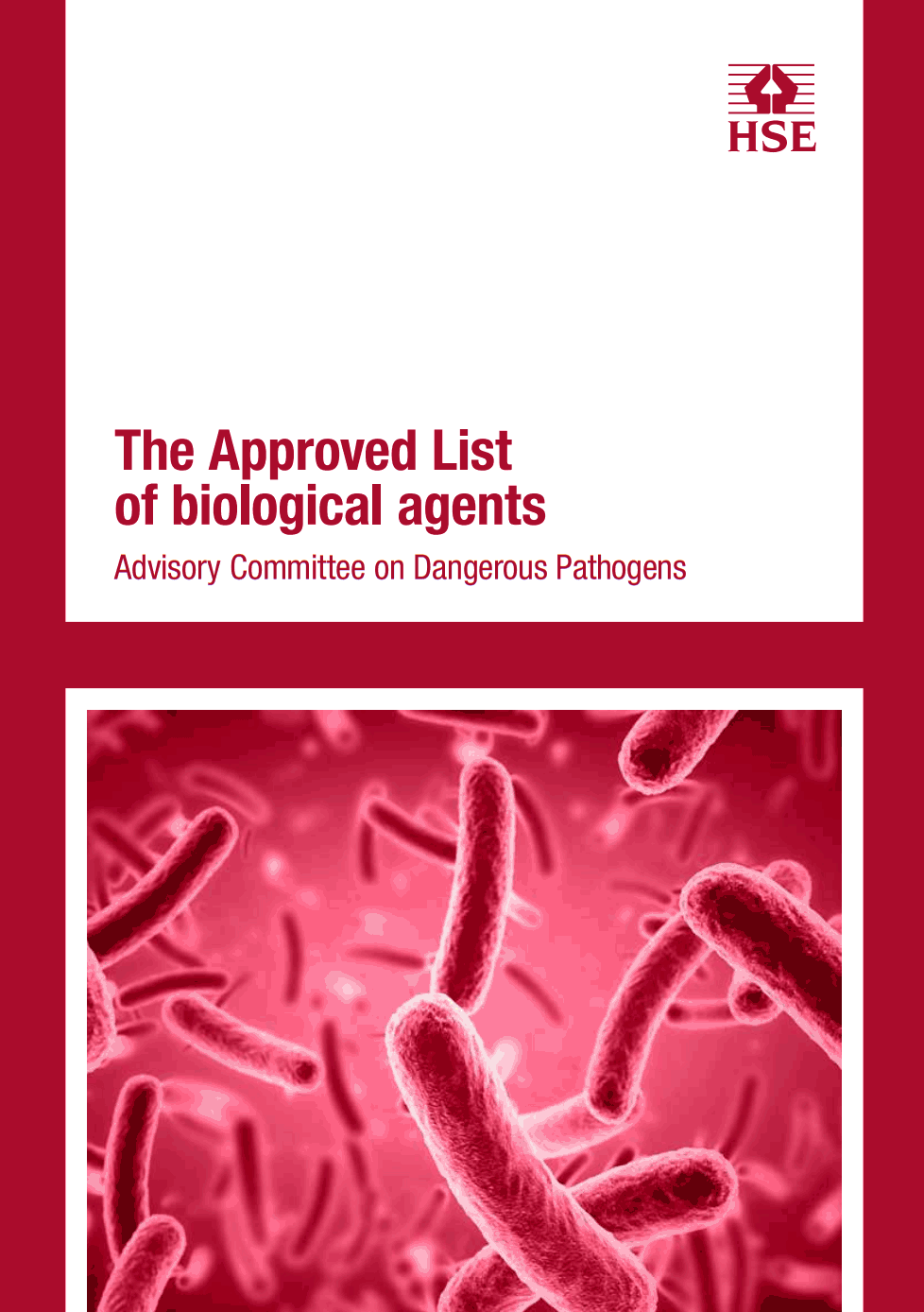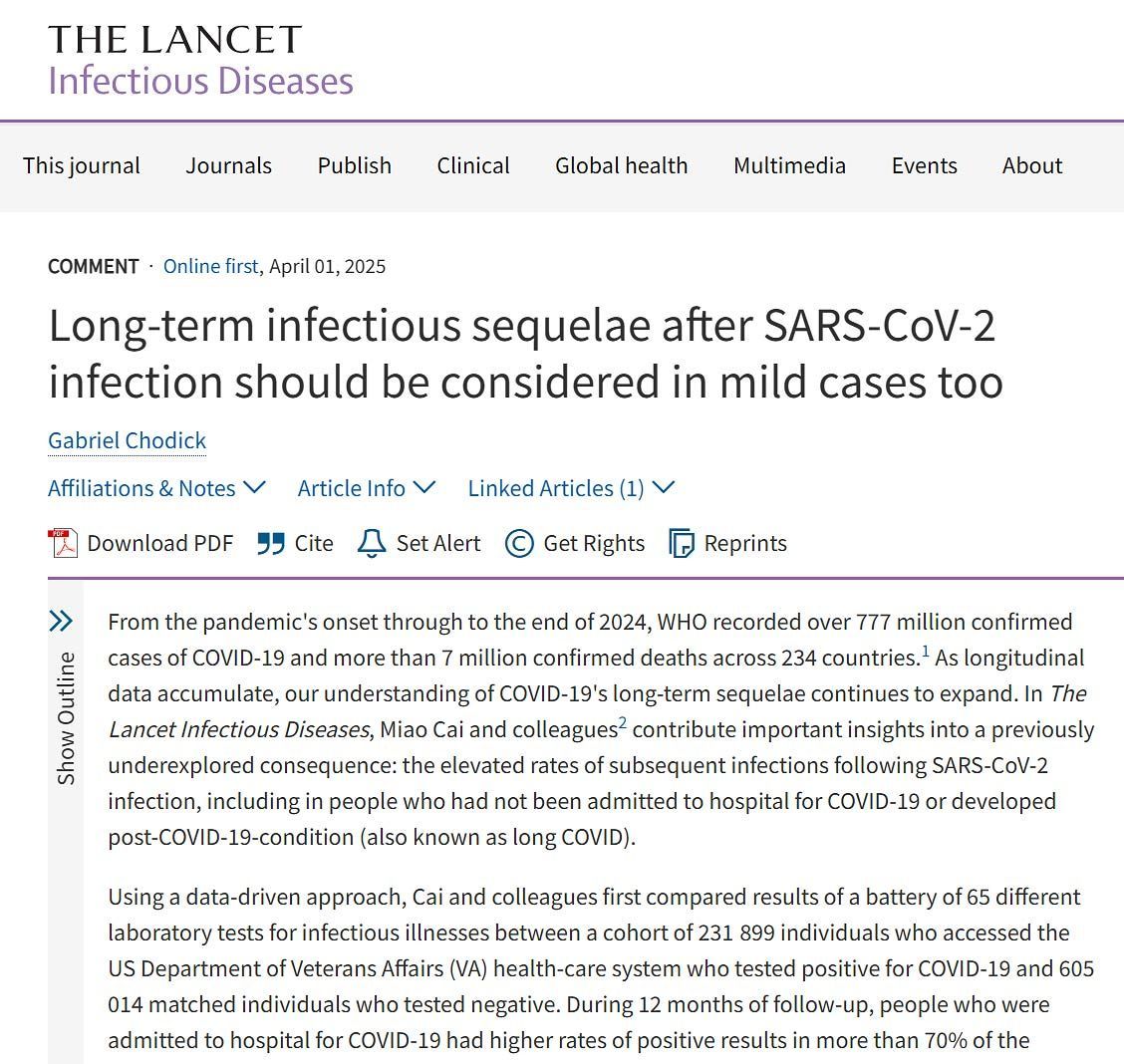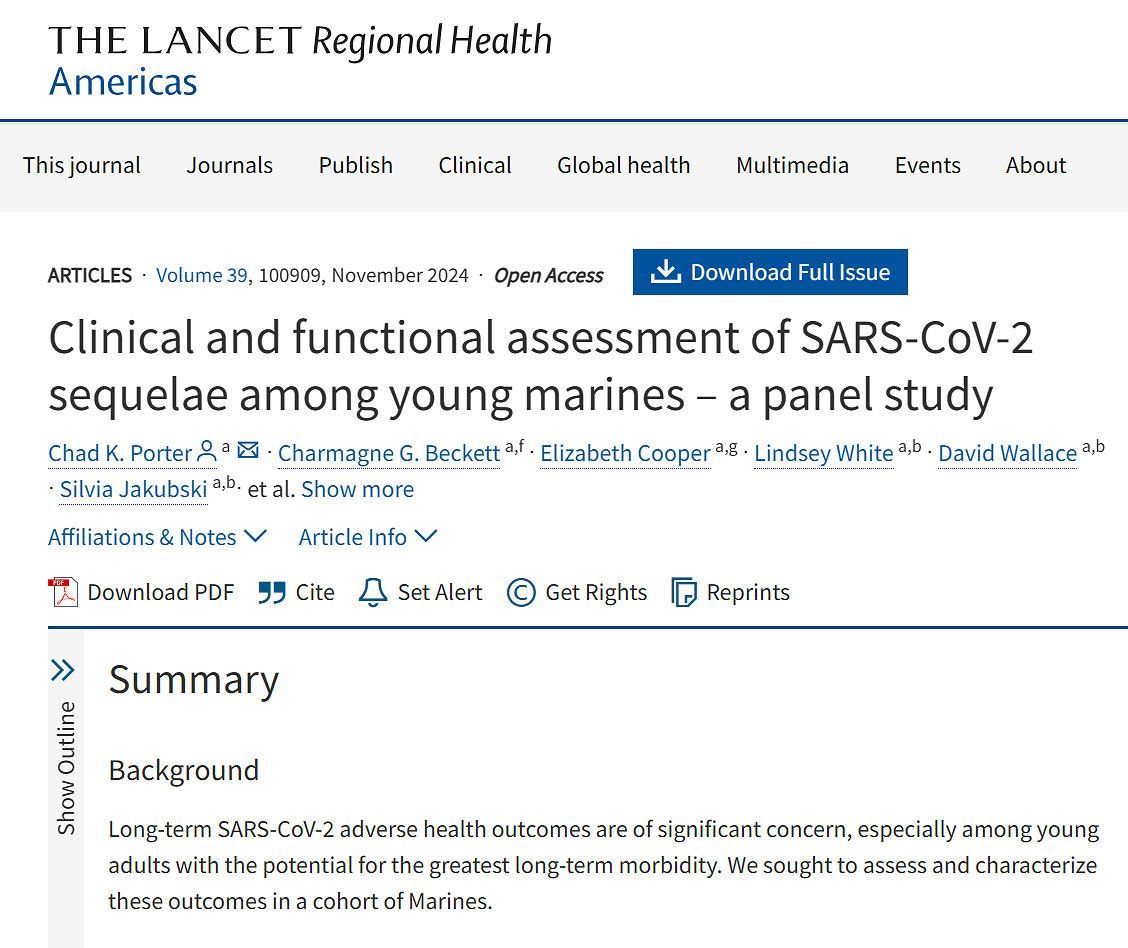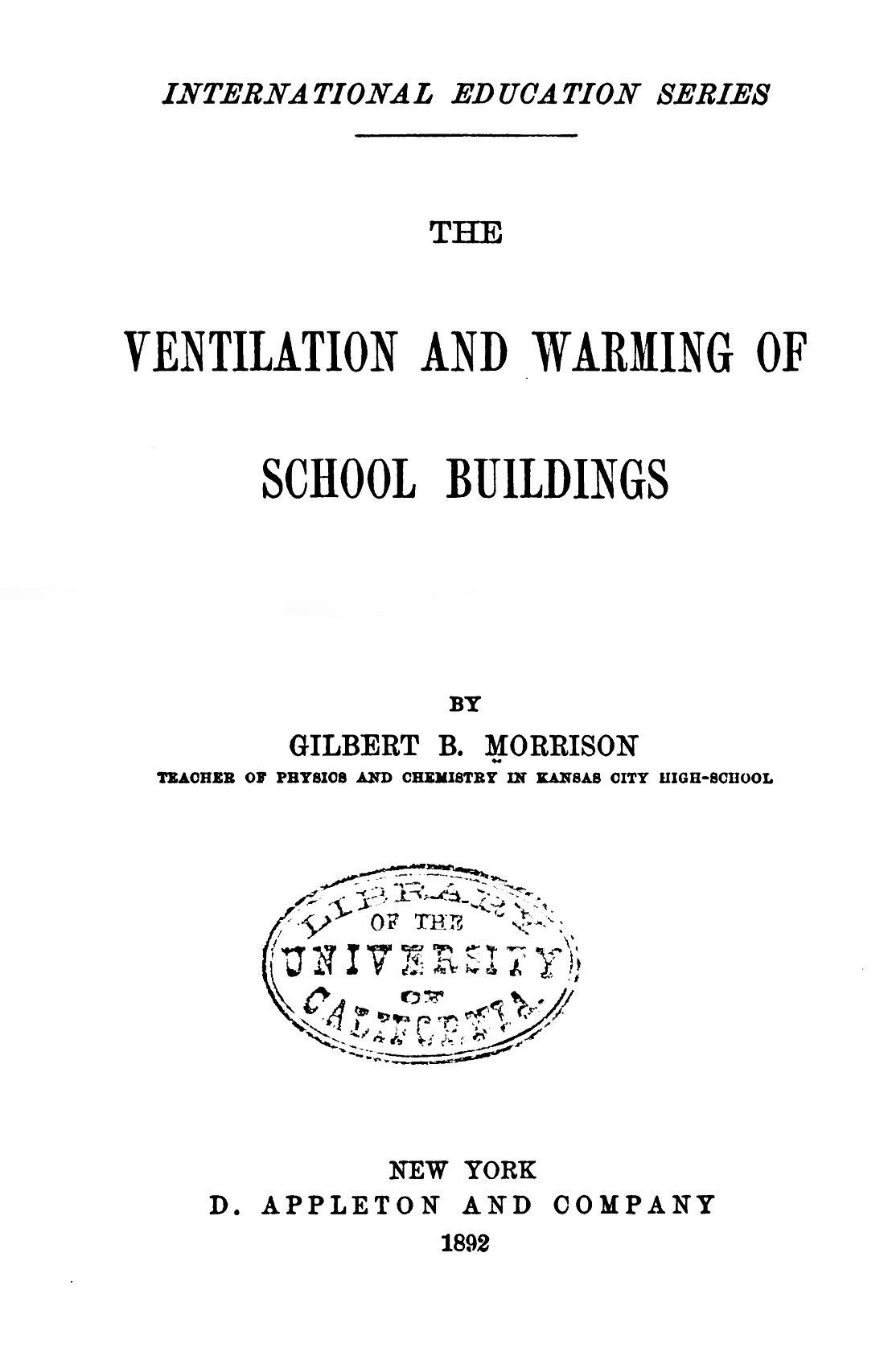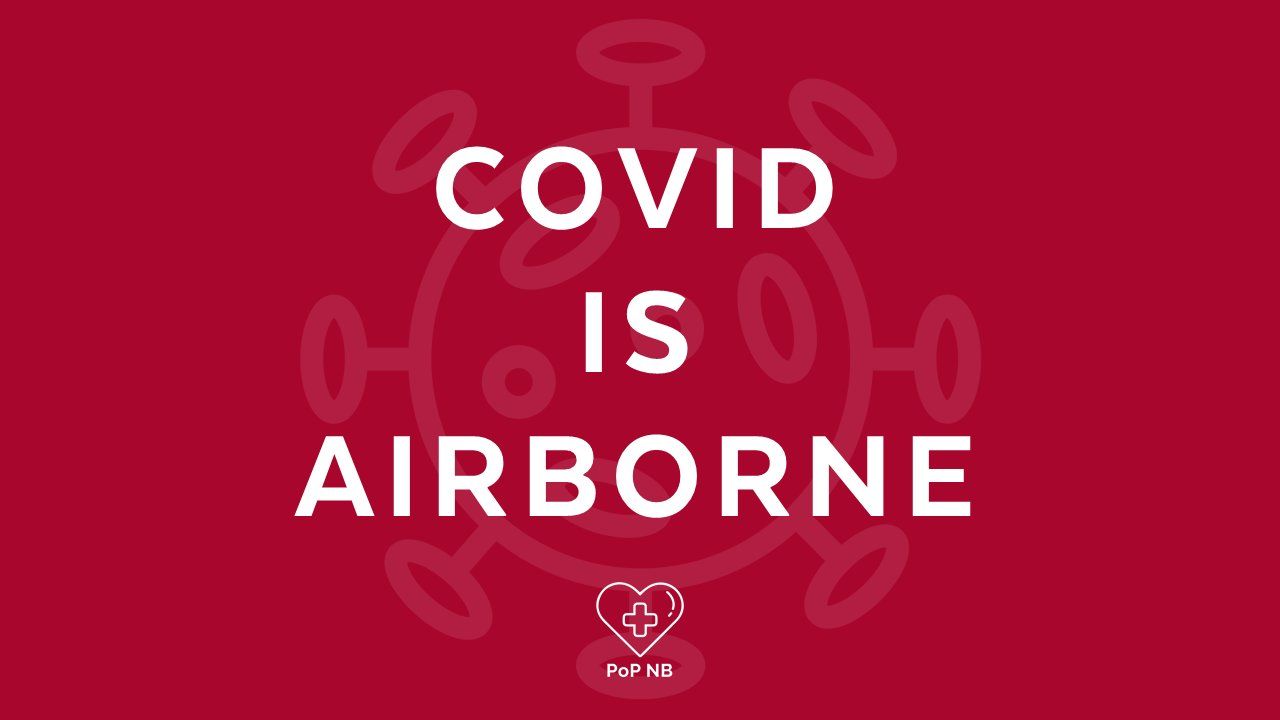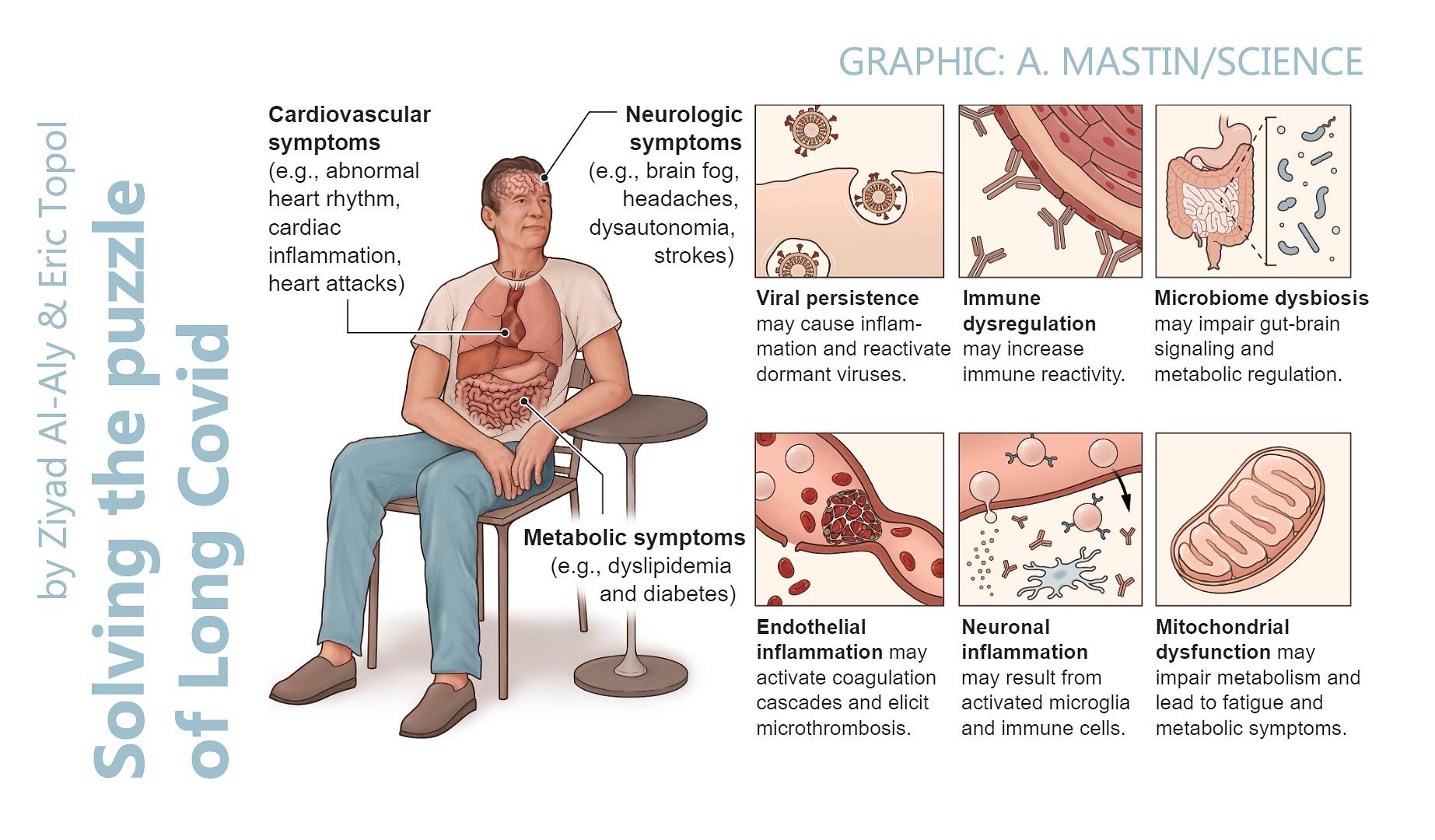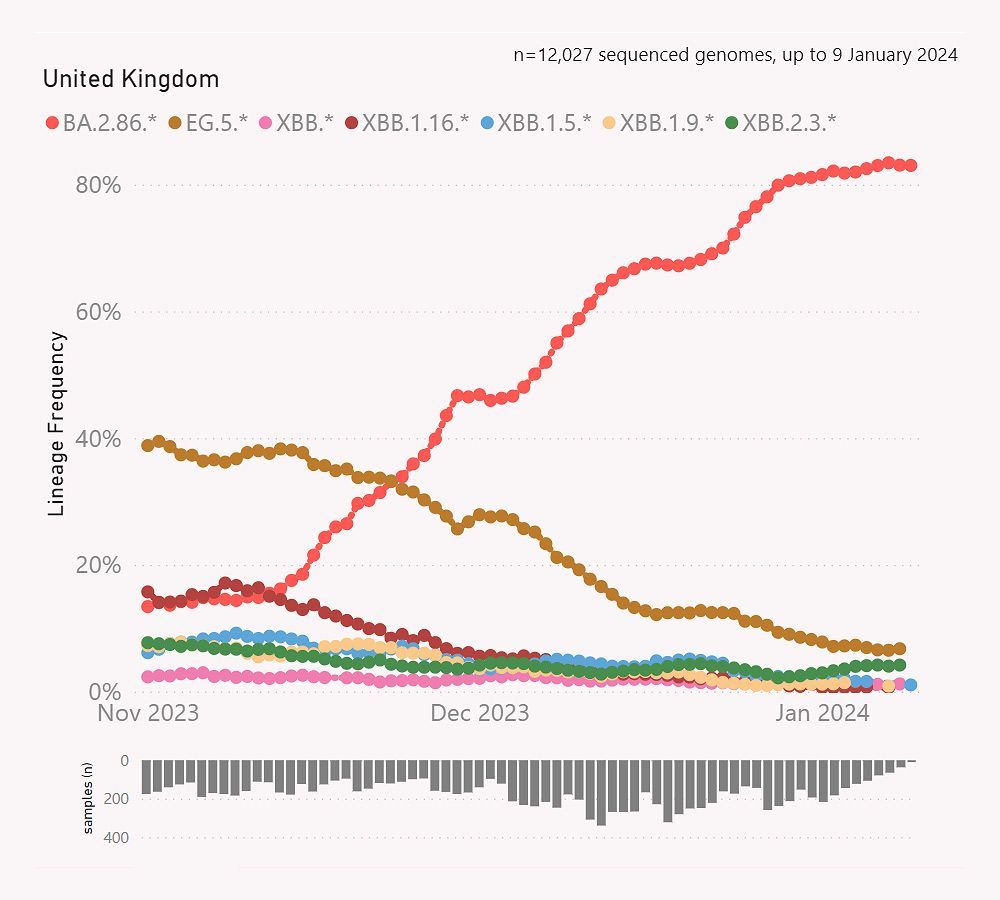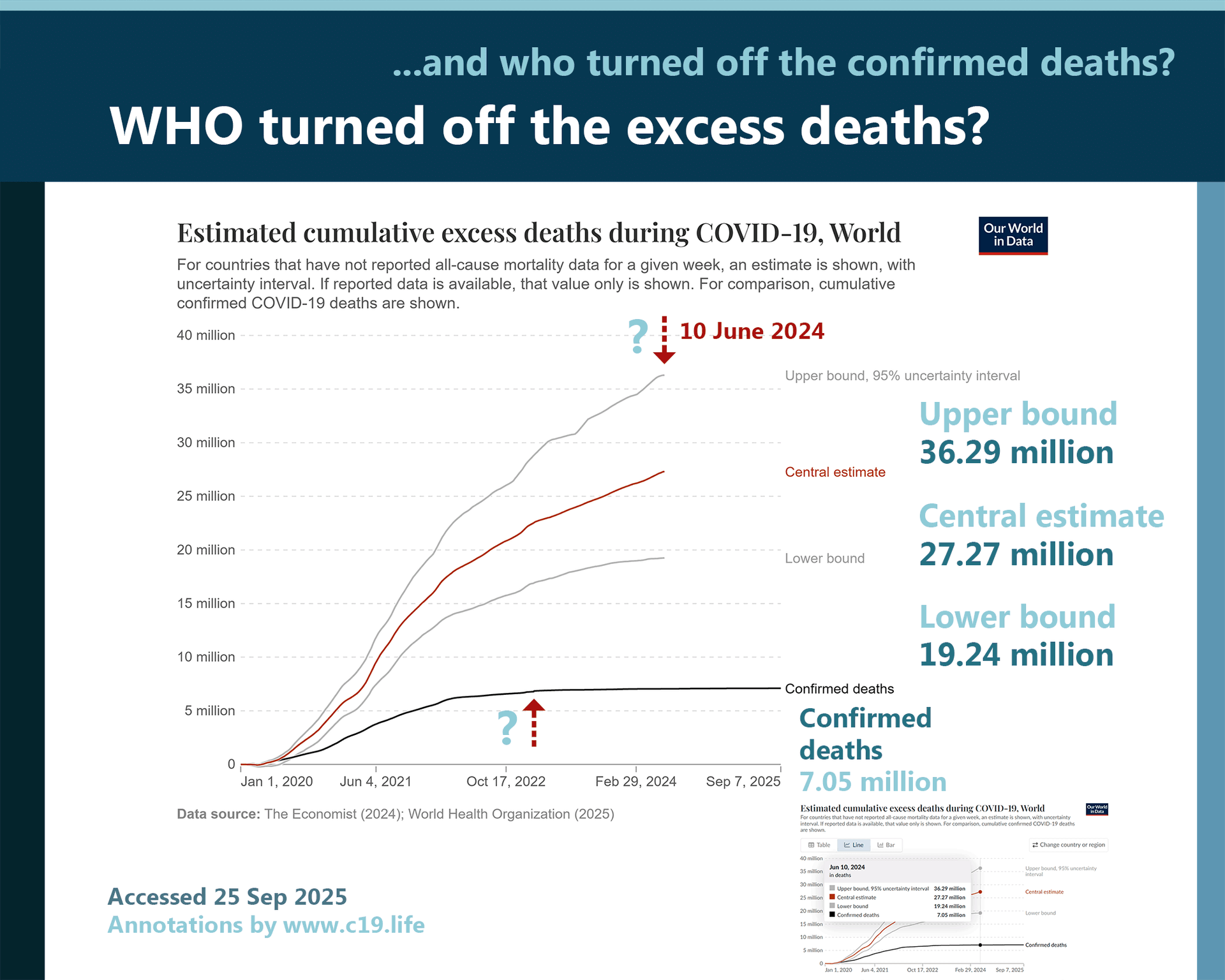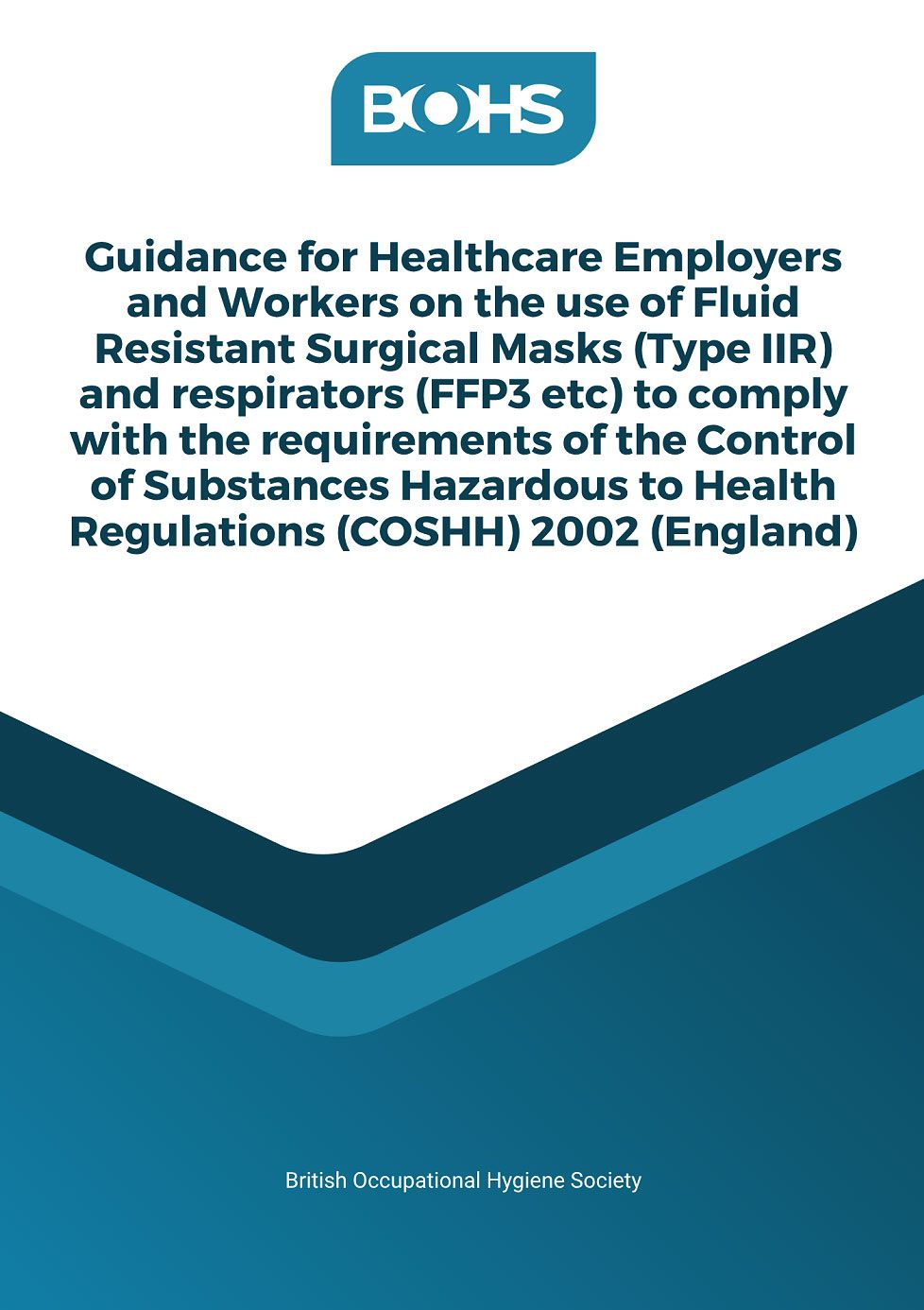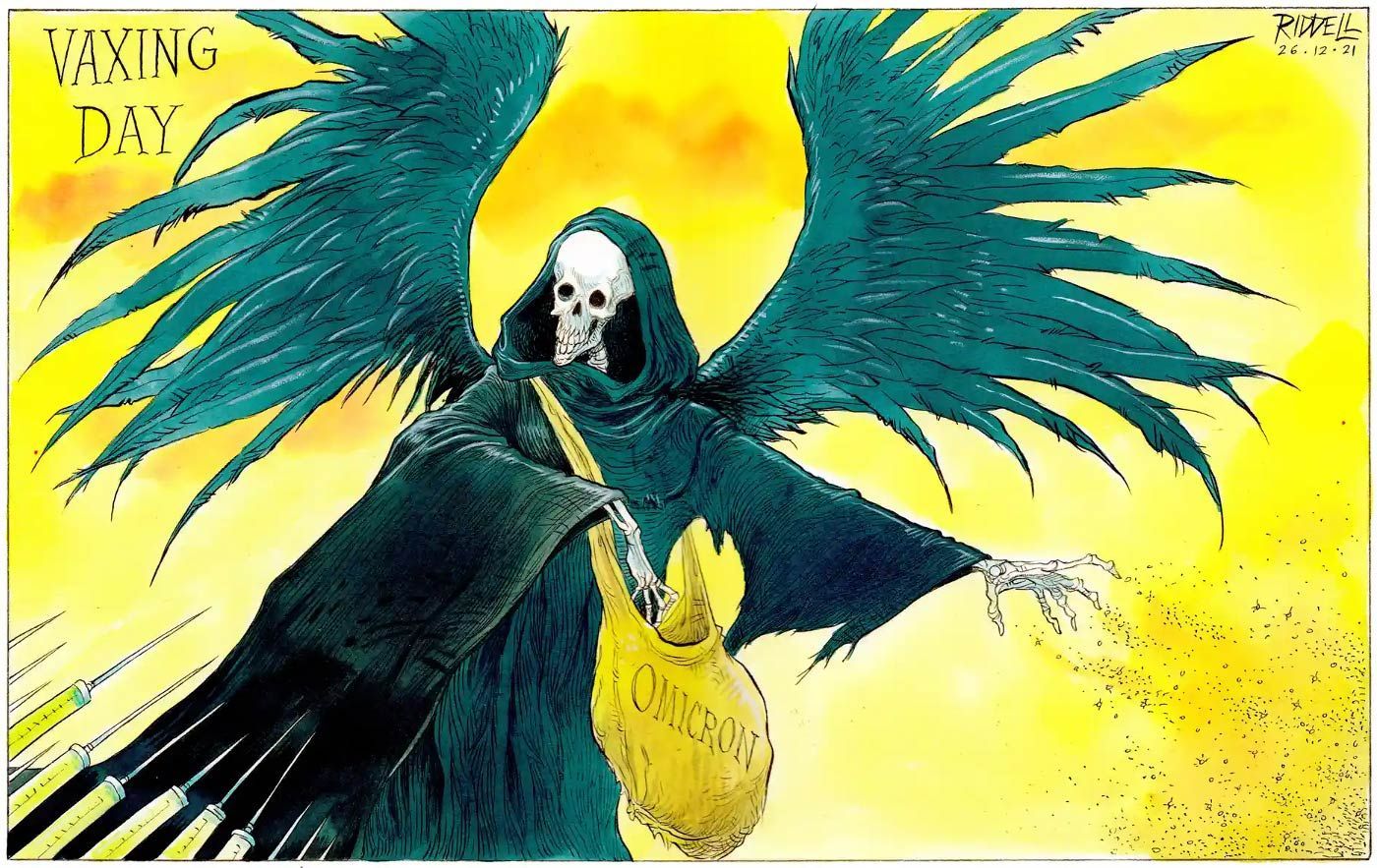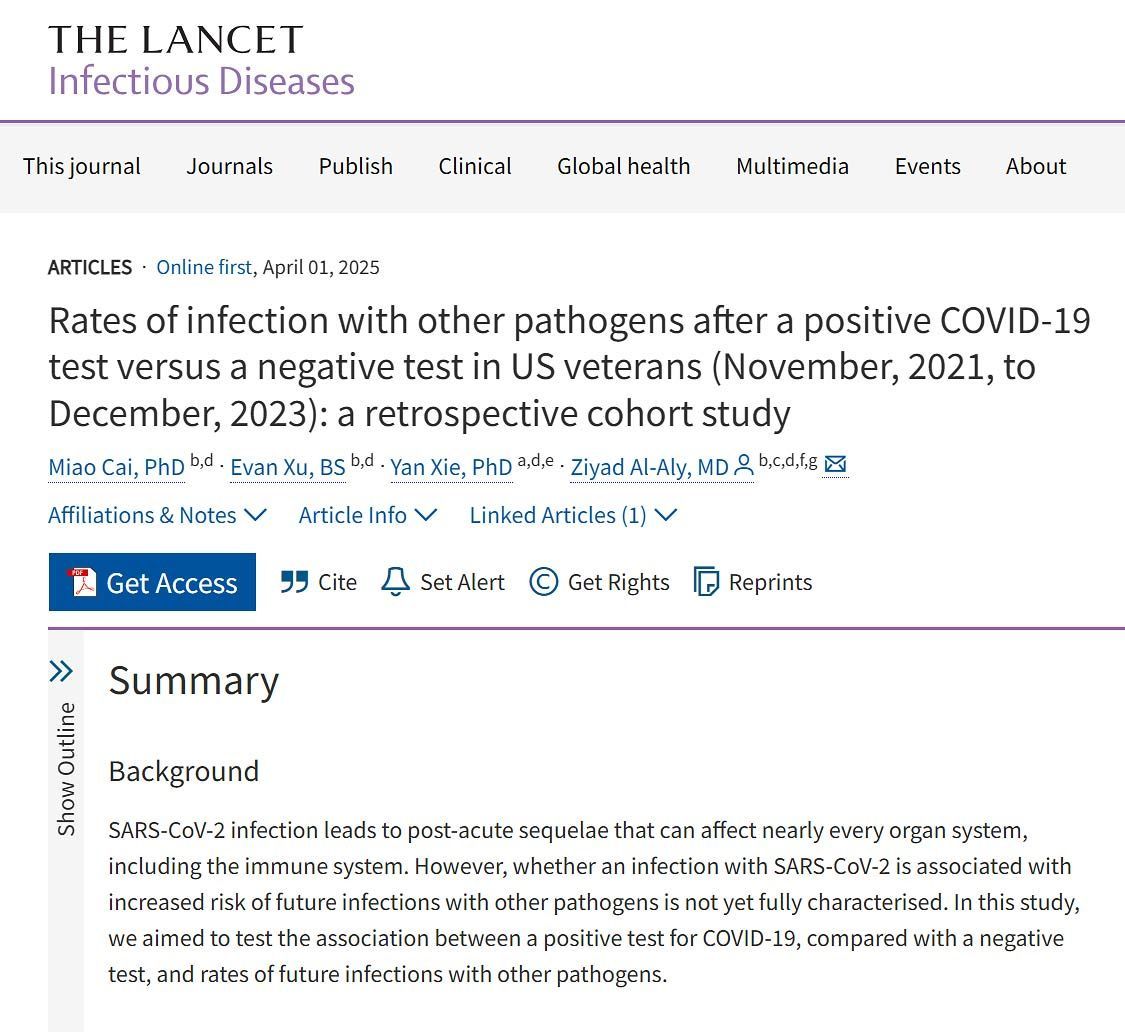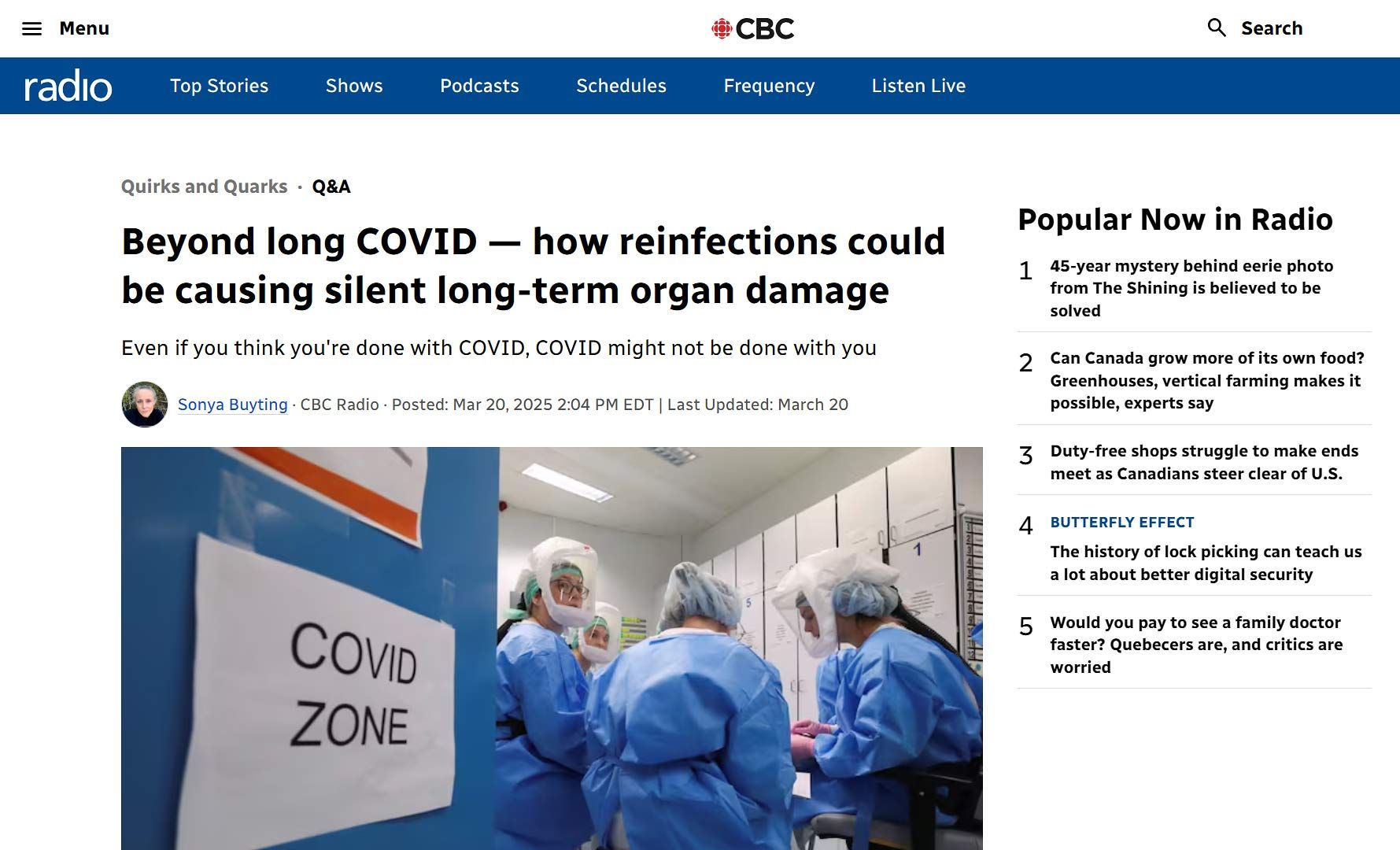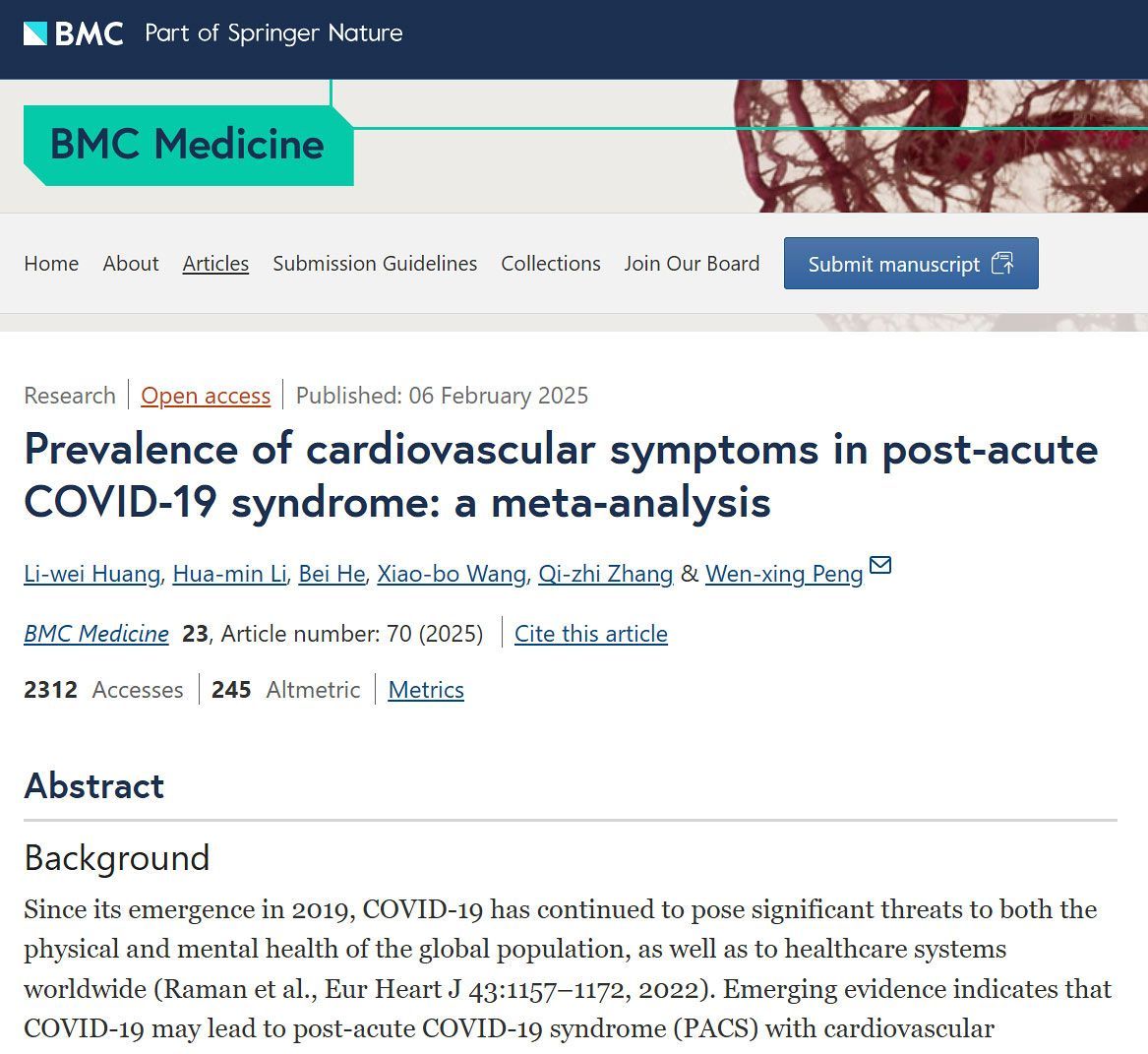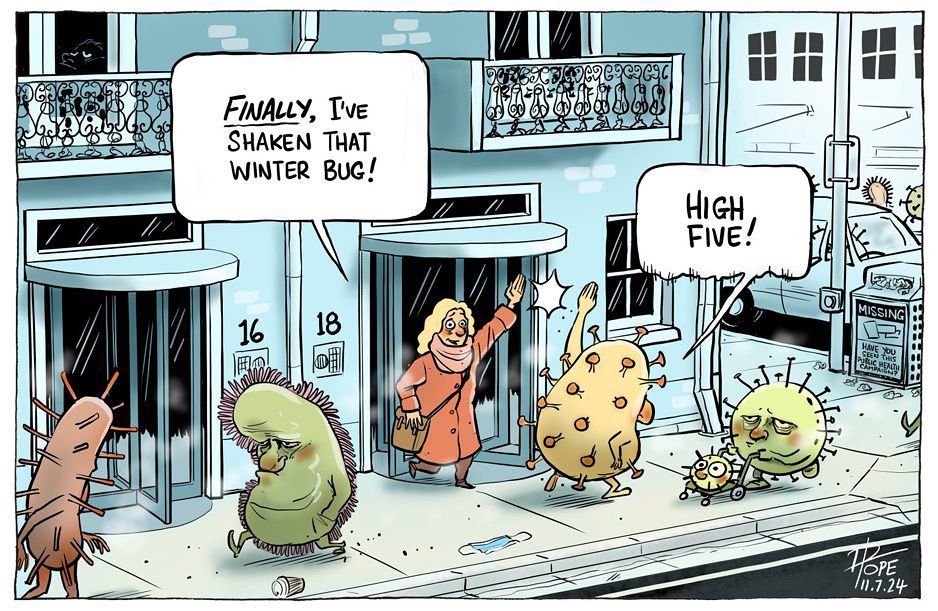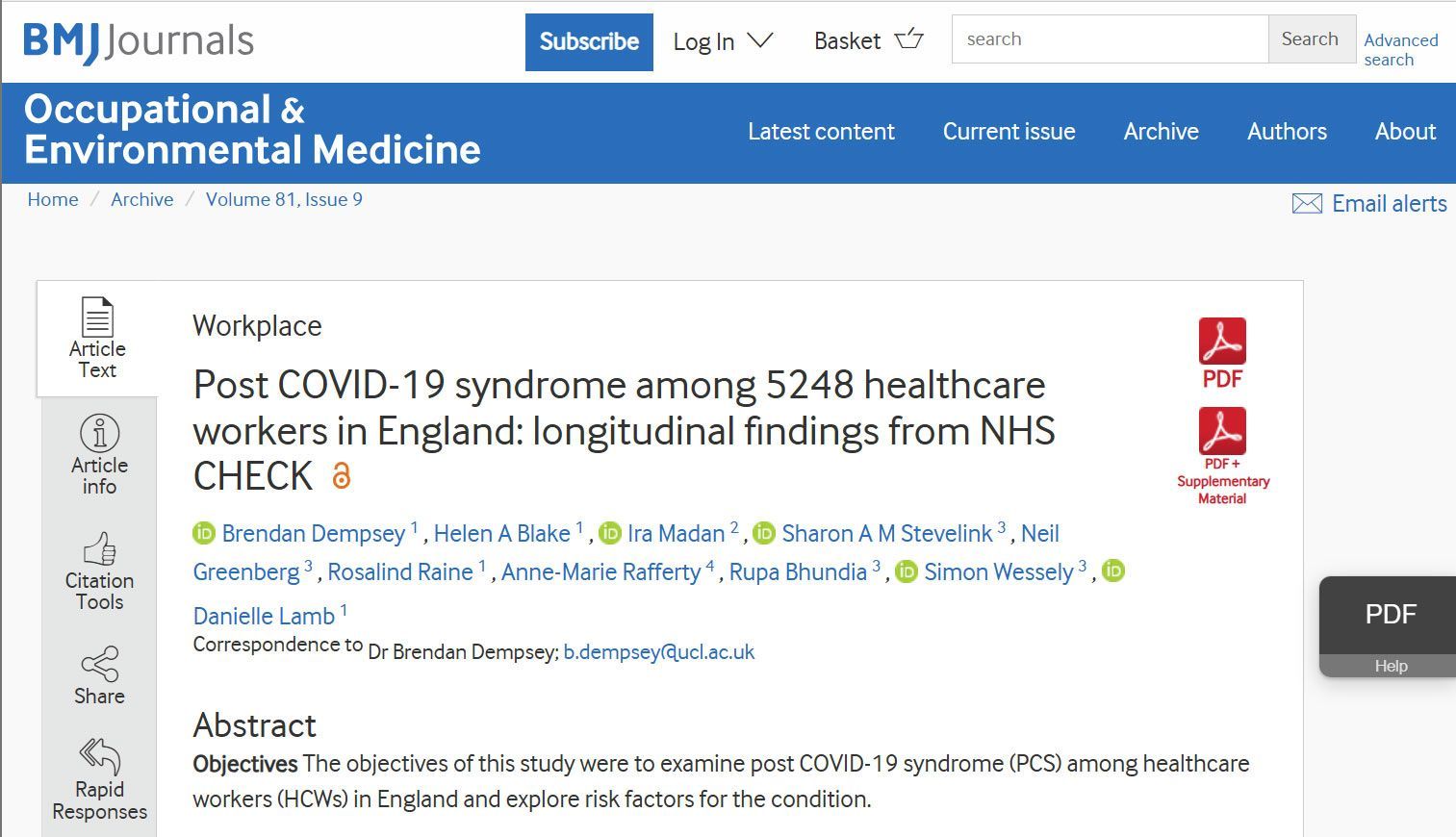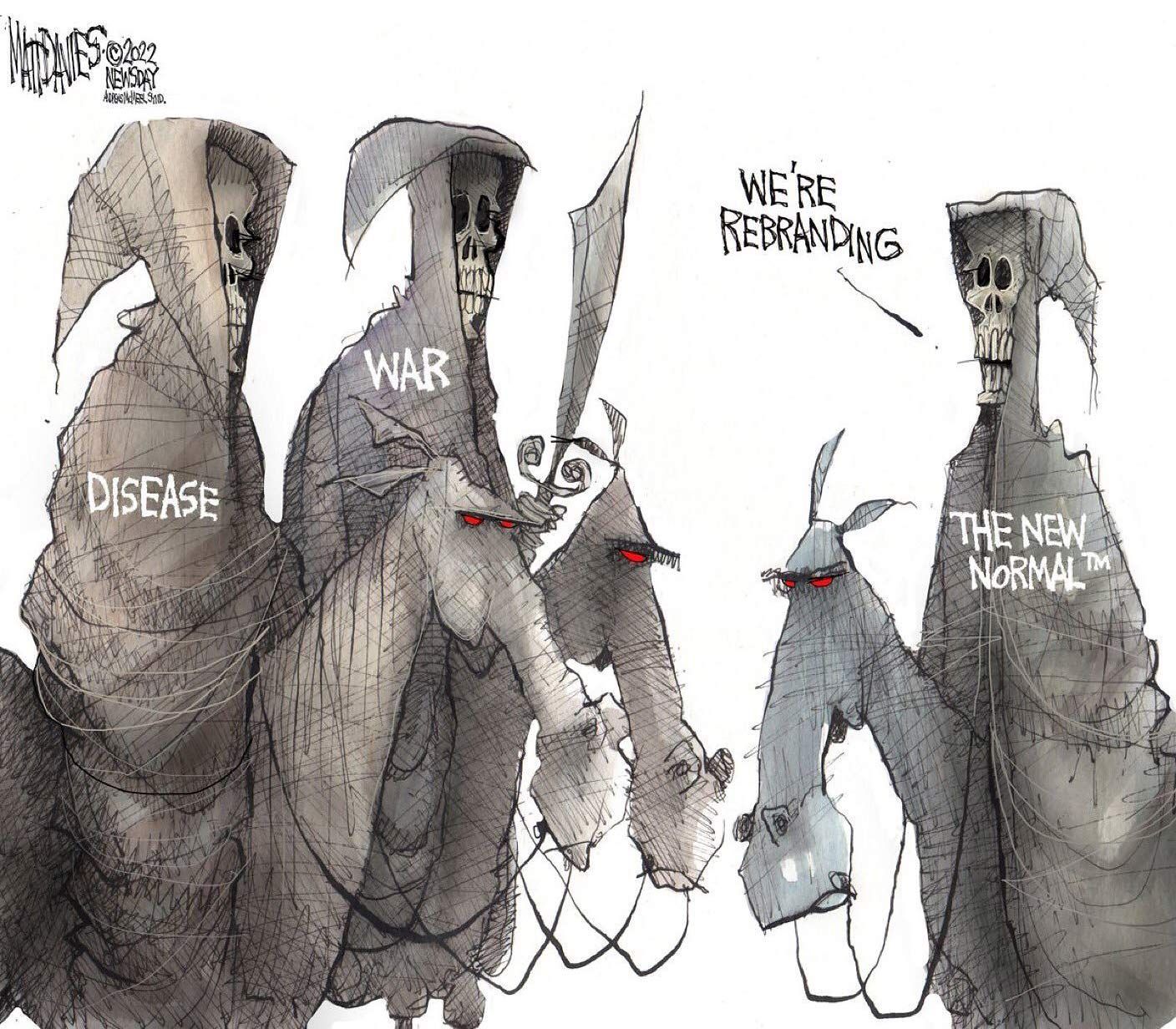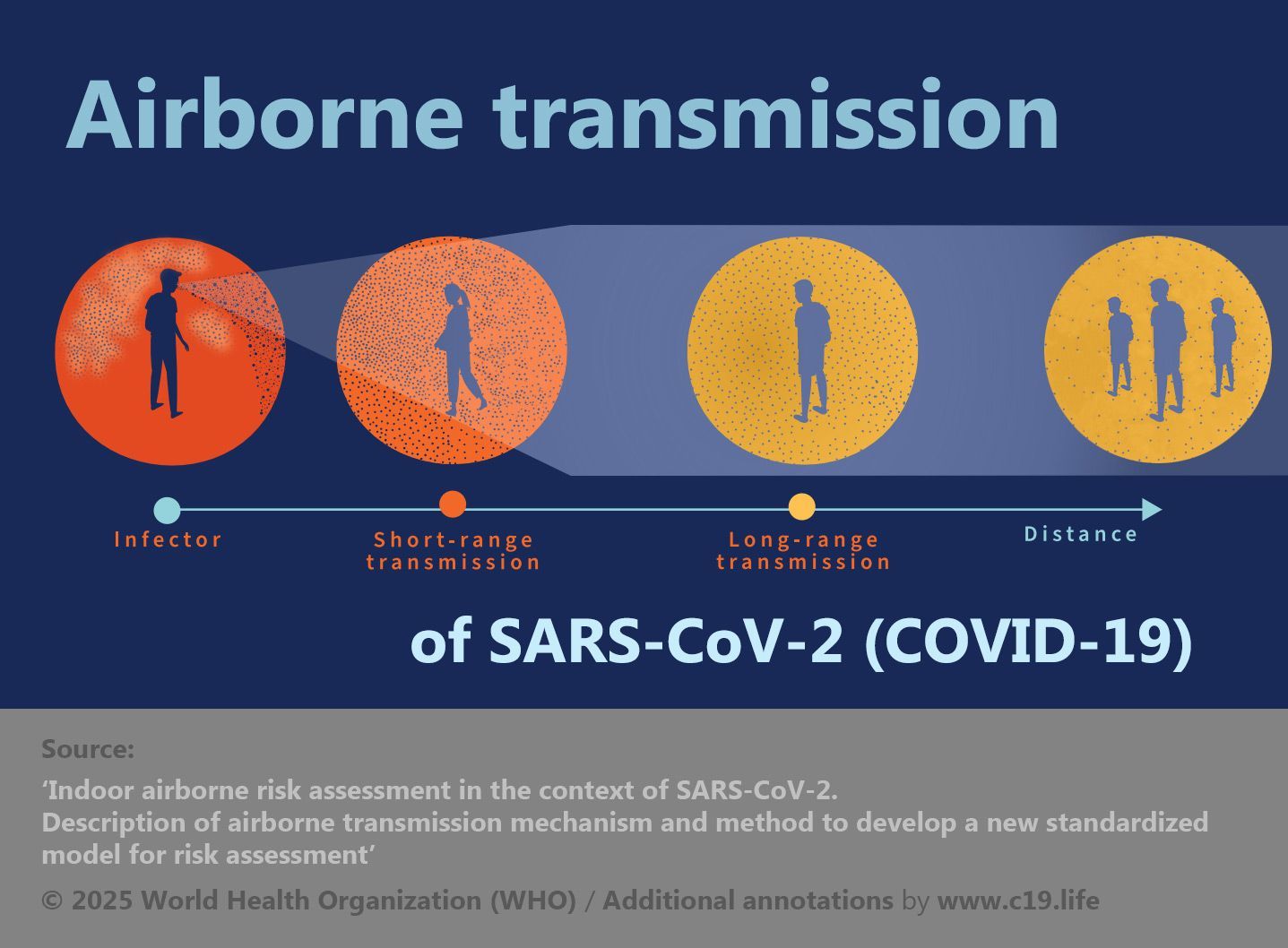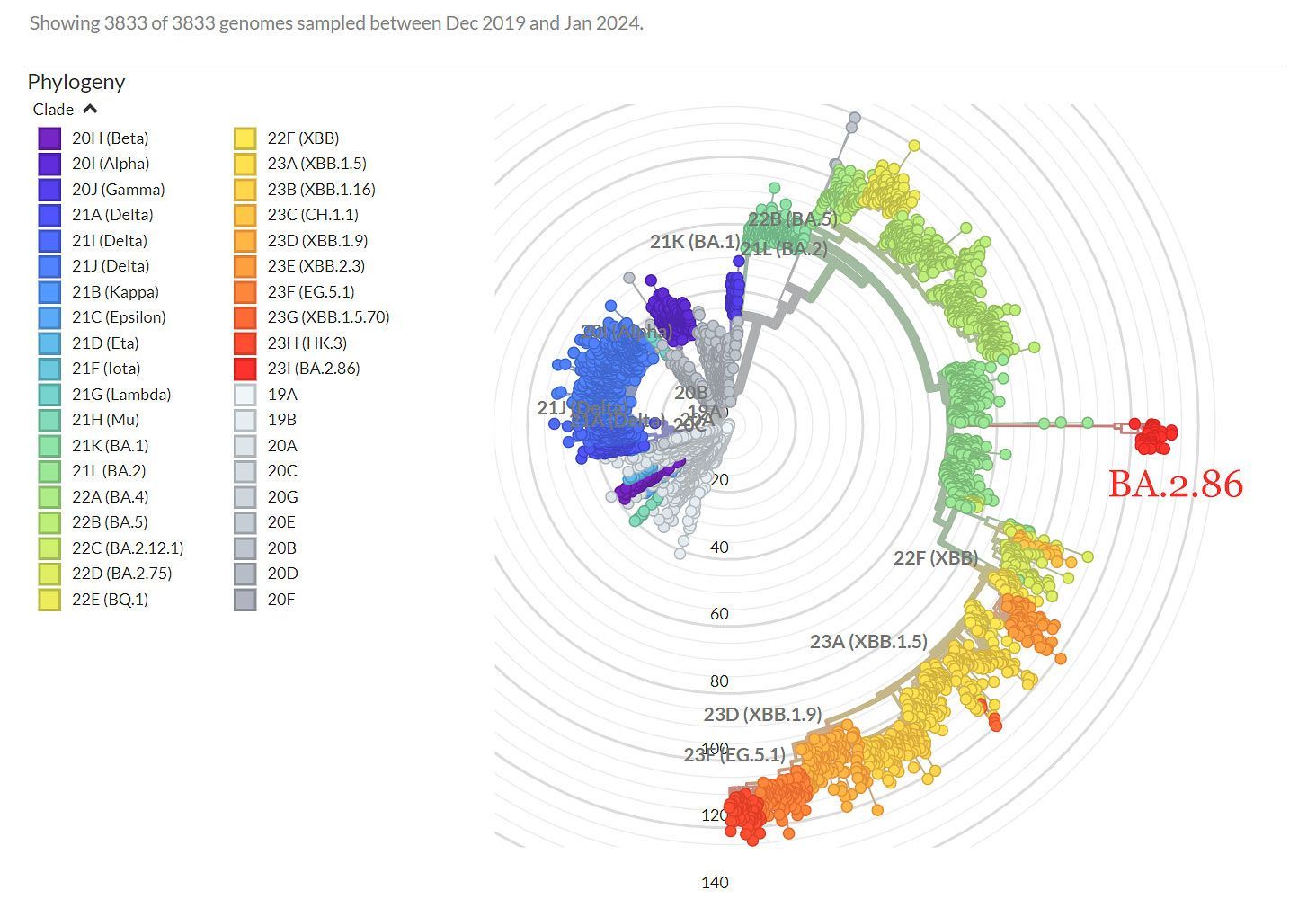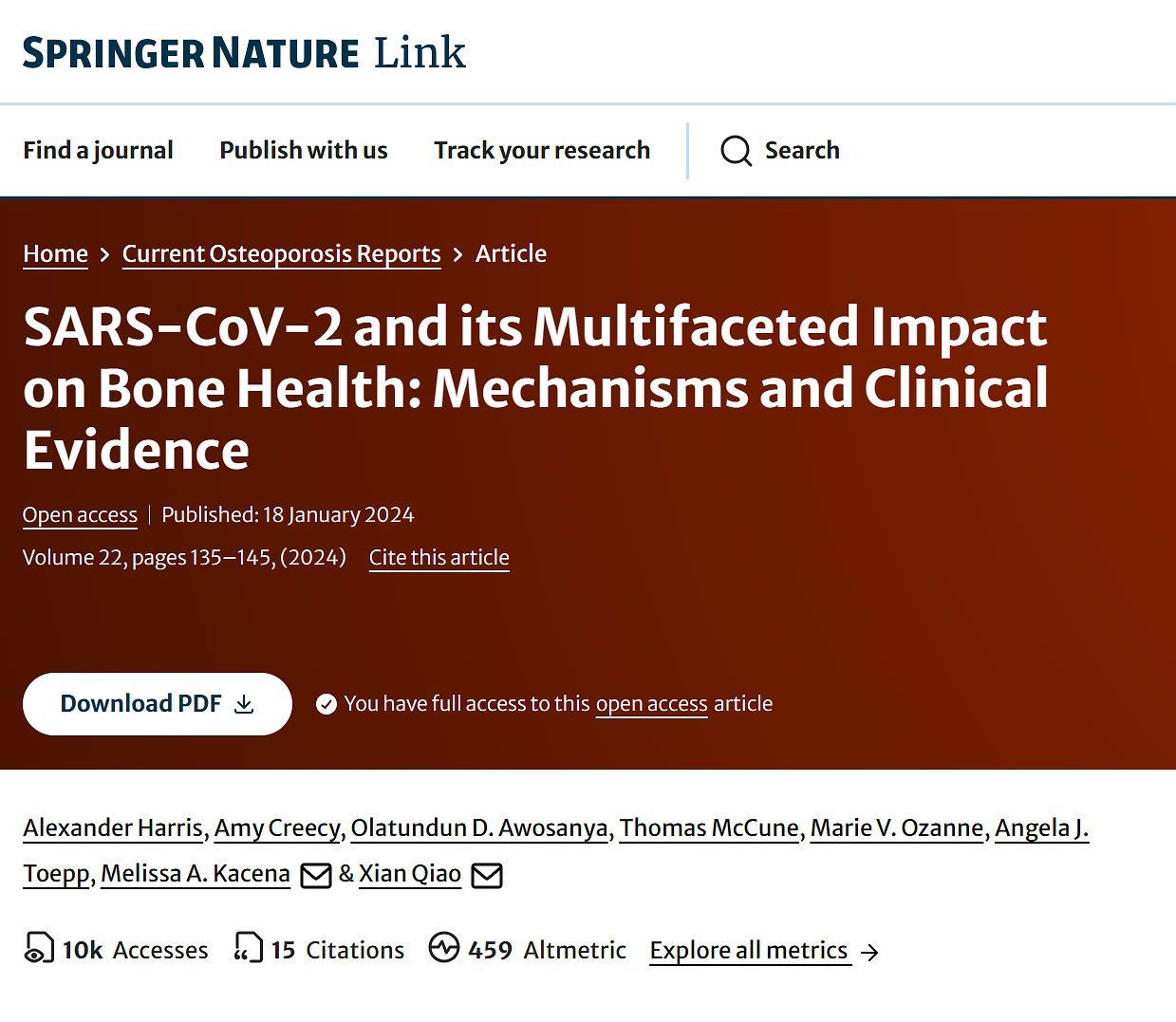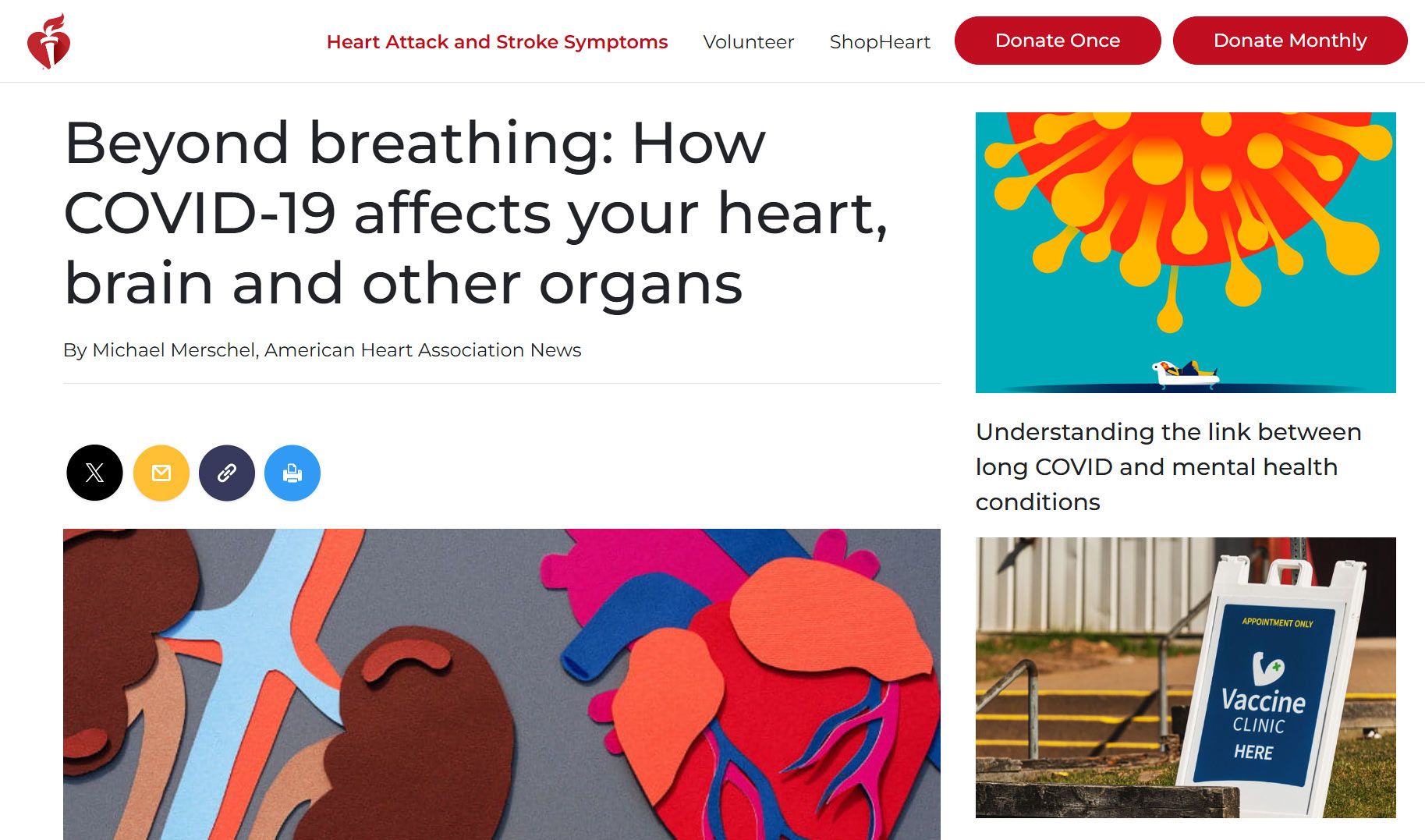➲ Home ➲ C-19 Archives
On orchestrated changes, and a 13-step programme
❦ Masks have been removed from healthcare. Now schools are encouraging parents to send their sick children to class.
We didn’t get here by accident. We have been brought here through carefully orchestrated system changes.
They have been common in many countries. Few have noticed.
➲ Step One: Re-label everything to do with the pandemic – a global emergency that has so far killed an estimated 24.4 million people, and resulted in over 400 million post-Covid-19 syndrome cases – so it all appears benign.
This language will soon enter media and common conversation. Use it: use it often.
❦ Brain damage = “Brain fog”.
❦ Cardiac damage = “Fatigue”.
❦ Long Covid (vascular disease affecting every organ system) = “Anxiety”.
❦ A leading cause of death worldwide = “Mild”.
❦ Hospital admissions = “Probably in with something else”.
➲ Step Two: Stop government press conferences, and begin to refer to the on-going pandemic in the past tense.
This begins to create the illusion that it has passed, and begins to drip down into common conversation.
Never speak about Long Covid or post-Covid complications.
Don’t mention deaths.
➲ Step Three: Stop surveillance systems in your country so that there is no way to know how prevalent infection is. Continue to use phrases like “during the pandemic”. There isn’t any accessible data to prove that wrong now.
➲ Step Four: Get media to stop reporting on Covid.
They have already followed your government’s cue to refer to anything Covid-related in the past tense to further the public perception that it’s over.
In fact, remove the Covid section entirely from the BBC news page. Yes, that really happened.
➲ Step Five: Remove availability of free lateral flow testing for the public.
Now you can’t check if you have it. Like to know if there are other cases in your area? Too bad: the surveillance system was shut down last month.
Oh well; too bad. Get back to work.
➲ Step Six: We’ve let you believe that a leading cause of mortality and morbidity is “mild”; we’ve stopped monitoring, and removed availability of free testing.
The public has decided that it must be 2019 again, and are ignoring risk.
Now is a good time to turn to stripping back healthcare mitigations.
➲ Step Seven: Now that no-one’s looking, let’s remove NHS sick leave for Covid, and force staff into disciplinary action if they exceed normal sick leave.
Let’s tell them that it’s time to “live with Covid”.
They’ll probably think we will upgrade ventilation or adopt new approaches.
➲ Step Eight: Except we won’t.
We will just revert to “pre-pandemic” policy, remove universal masking, stop routine staff-testing (asymptomatic transmission? What’s that?), restrict Covid testing – even in symptomatic patients – and reduce time off from work with Covid, despite all the science.
Less than a quarter of COVID-19 cases shed infectious virus before symptom onset; under a crude five-day self-isolation period from symptom-onset, two-thirds of cases released into the community would still be infectious...
📖 (18 Aug 2022 ~ The Lancet: Respiratory Medicine) Onset and window of SARS-CoV-2 infectiousness and temporal correlation with symptom onset: a prospective, longitudinal, community cohort study ➤
❦ 66% were still infectious 5 days after their symptoms began.
❦ 25% were still infectious after 7 days.
❦ You aren’t necessarily OK to be out spreading it about on Day 5 as you’ve been told…
❦ Take some responsibility for not disabling or killing others.
➲ Step Nine: Now that we’ve fixed Covid in hospitals, it’s time to begin restricting vaccine delivery.
Unlike other countries, we will only give acute community Covid treatments or vaccines to a select group of the population.
No-one will care: they think it’s all over. We told them.
➲ Step Ten: Let’s have a think about banning masks entirely now. I think the public are sufficiently conditioned to go for that.
Yeah, they clapped for those healthcare workers in 2020, but I think we will be OK to push this step through – given they all believe Covid’s no issue.
➲ Step Eleven: Let’s force everyone to send their sick children to school.
Hold on, during a pandemic?
When we know the risks of multi-system organ damage and Long Covid – even in children? Risking repeat infections over and over?
Yes. Let’s do it.
No-one will mind.
Trust me, it’s time.
➲ Step Twelve: Media never mention it, but weekly death totals are still on websites.
We need to bury those numbers further.
Let’s include the pandemic years as part of our baseline of “normal” for annual deaths, so that the excess deaths during those years is “normal”, and hides on-going death.
➲ Step Thirteen: Hold a ‘Covid Inquiry’ so that we can get it on record how well we did “during the pandemic”.
Really hammer home the message that it must be over, and begin talking about “being prepared” for “the next pandemic”.
Really important to repeat those messages again and again.
So there you have it: a 13-step programme for convincing your population that a global pandemic is nothing to worry about; to ensure that the media never mention it; and to ignore the mounting evidence of excess deaths from Long Covid and post-Covid health issues in the millions.
It’s quite impressive really.
The worst thing is that the longer the Covid pandemic runs – now completely without mitigations – the more it will spread and mutate, and more cumulative damage will ensue.
Perhaps it’s too late to make change given societal beliefs, but maybe not.
© 2023 Prognostic Chats
➲

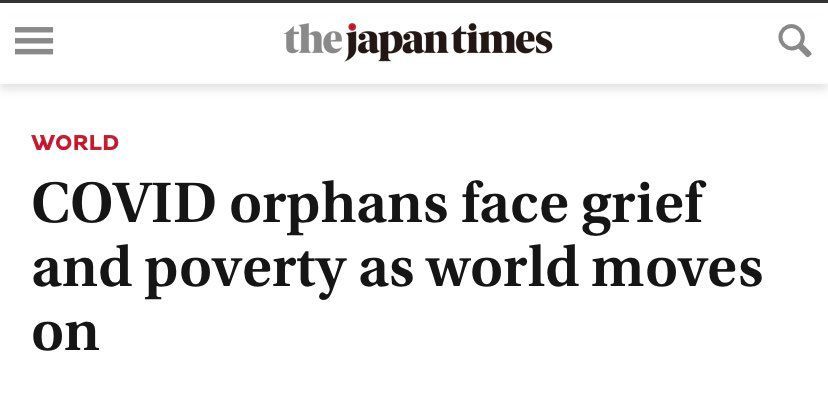

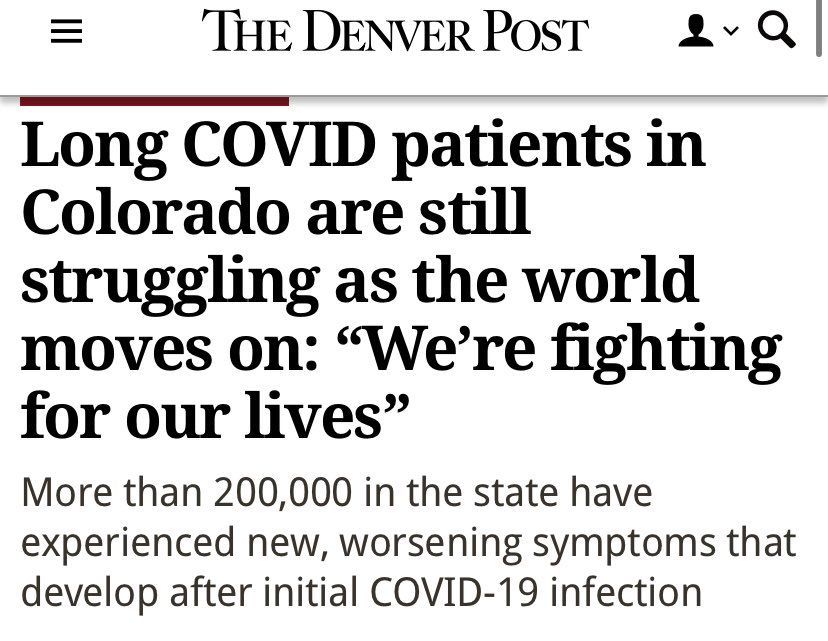
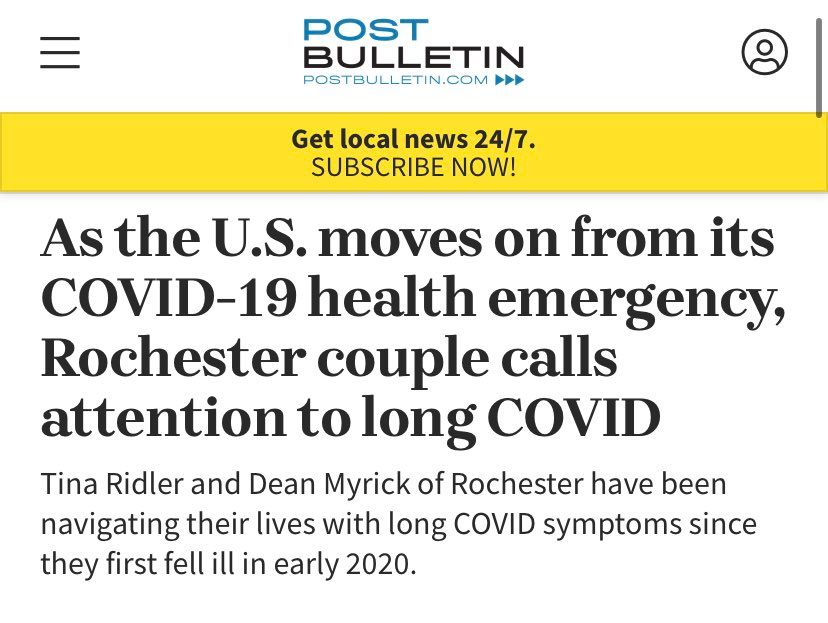
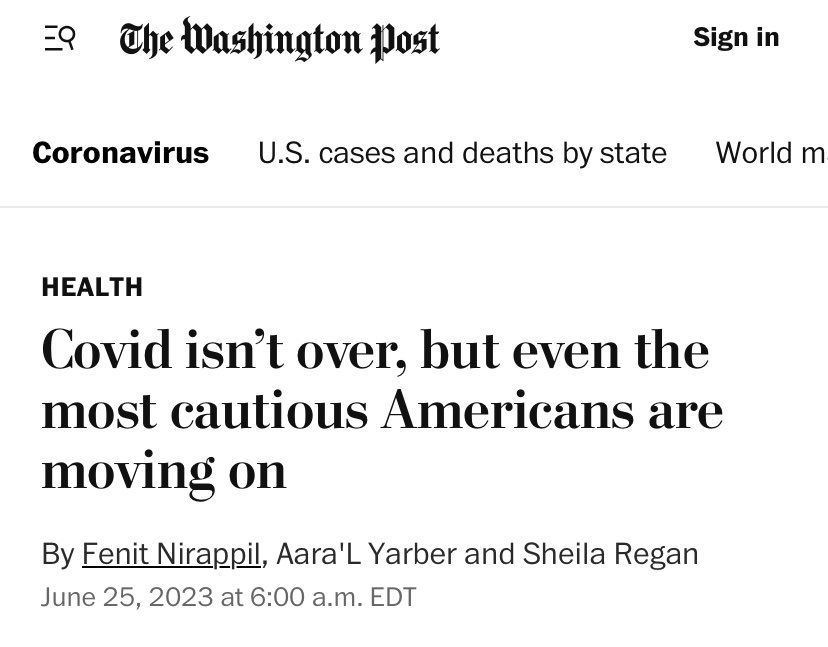
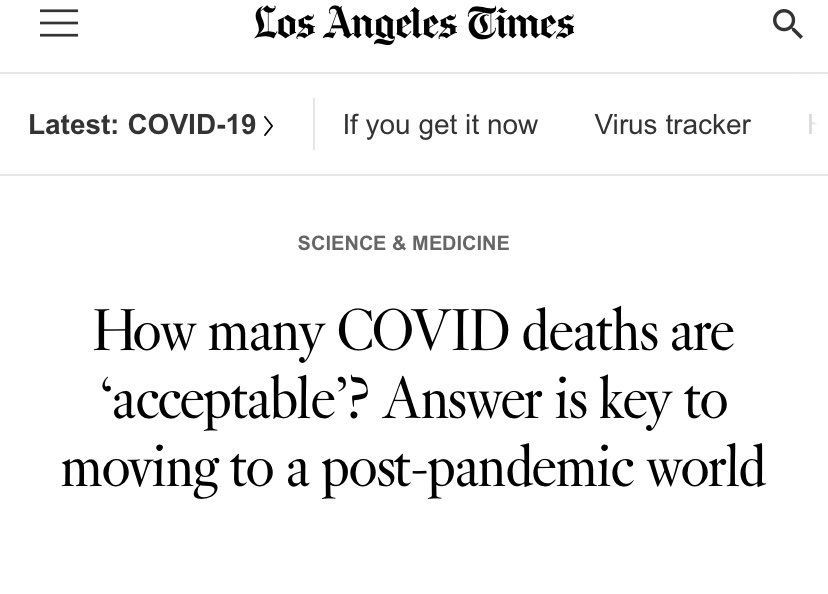
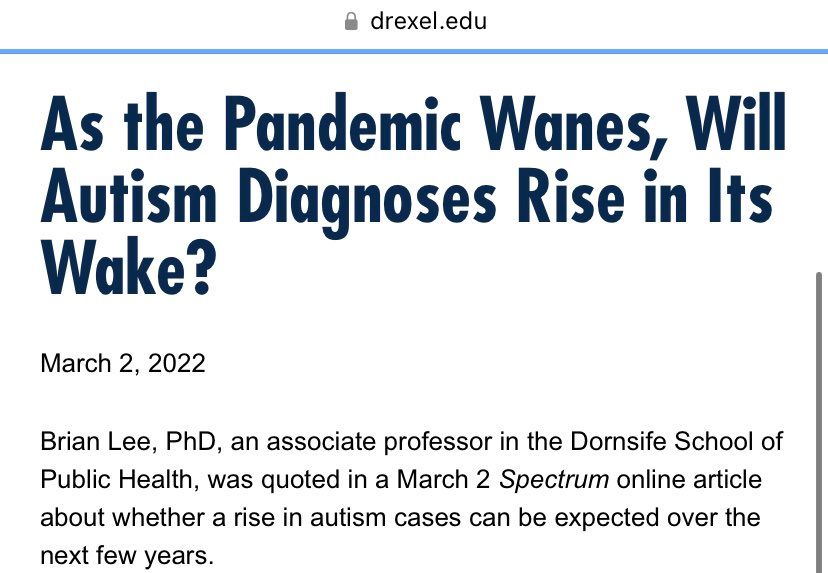
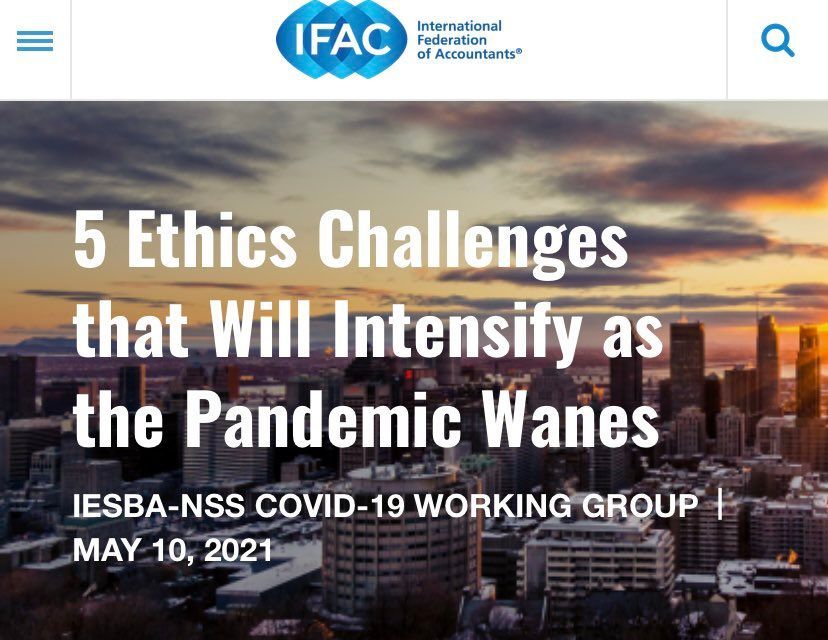

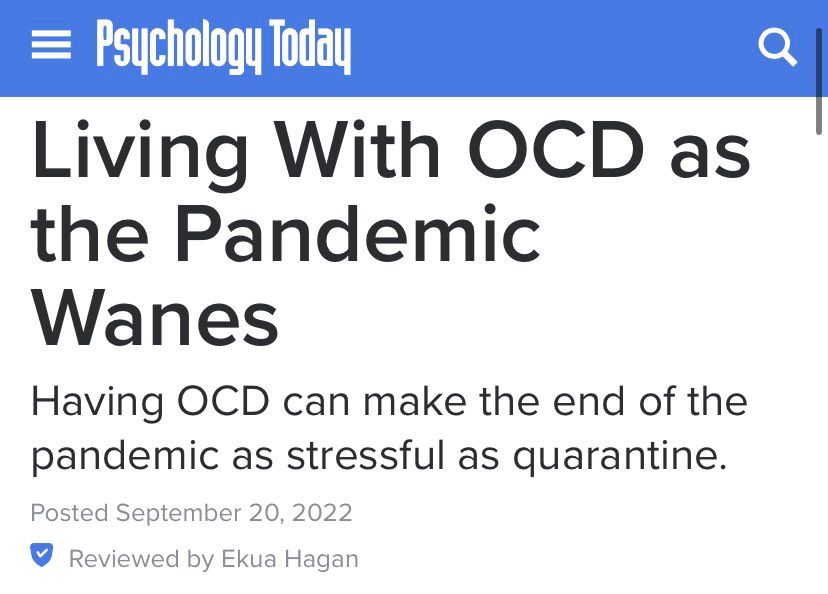
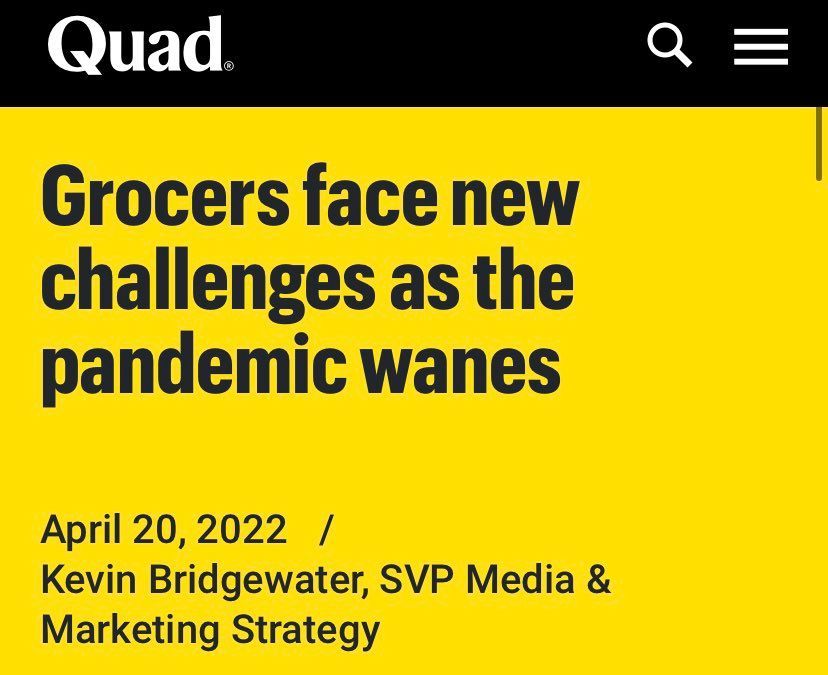
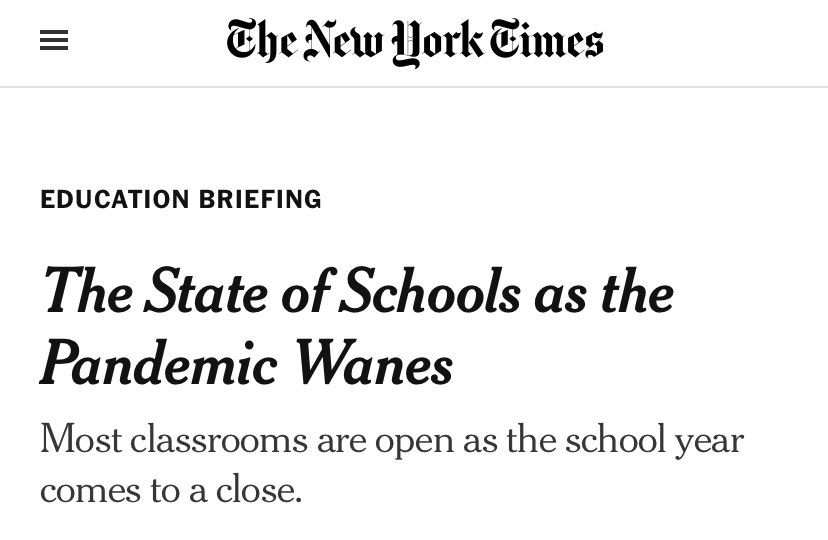

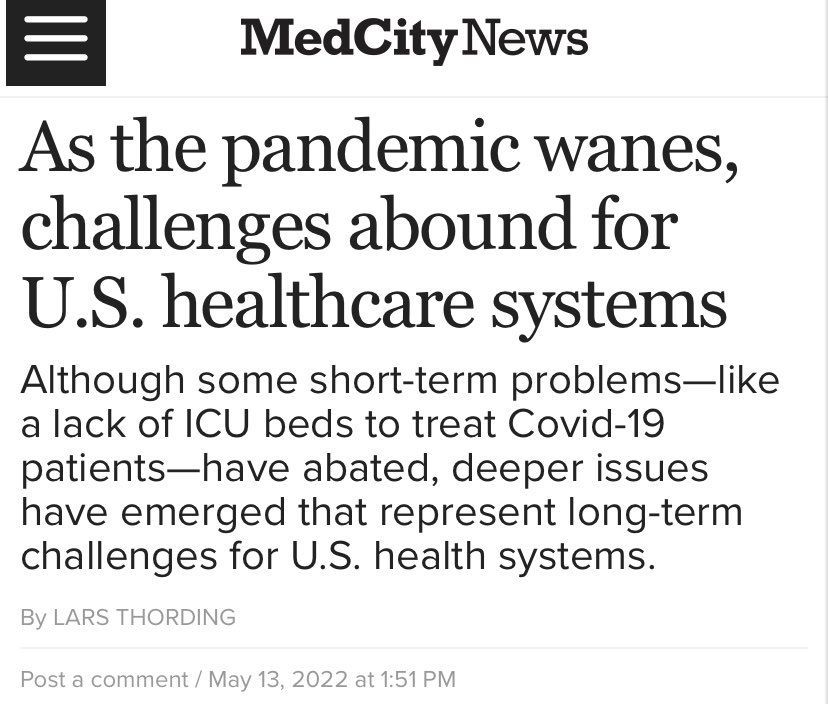
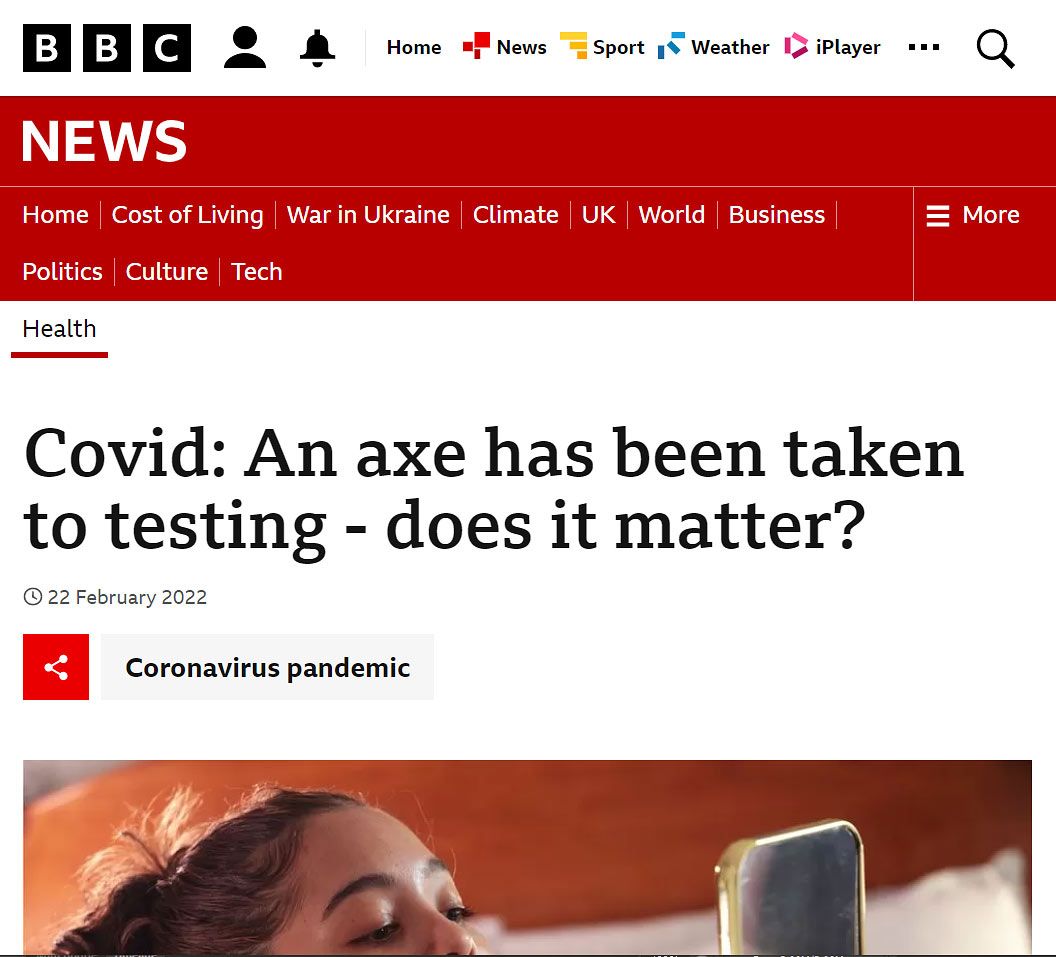


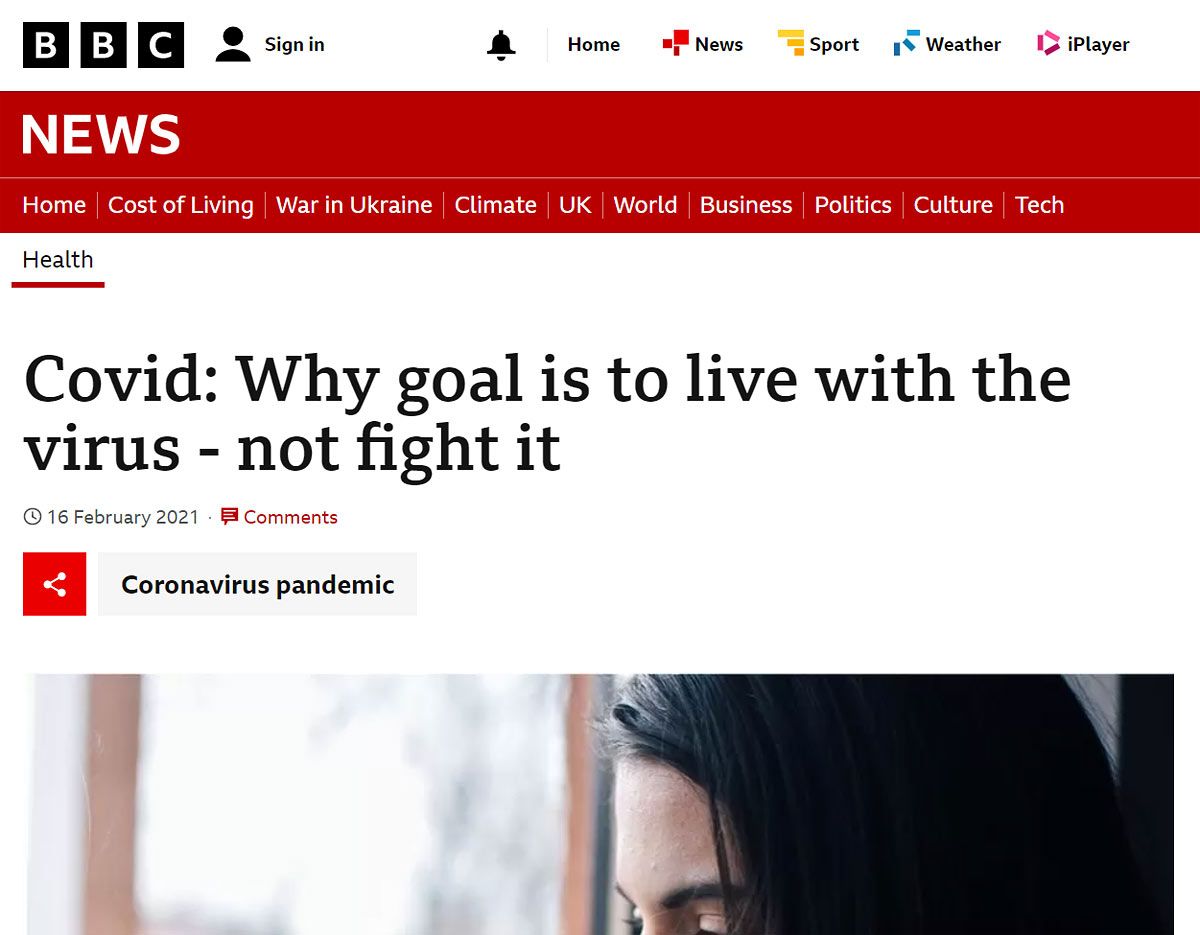
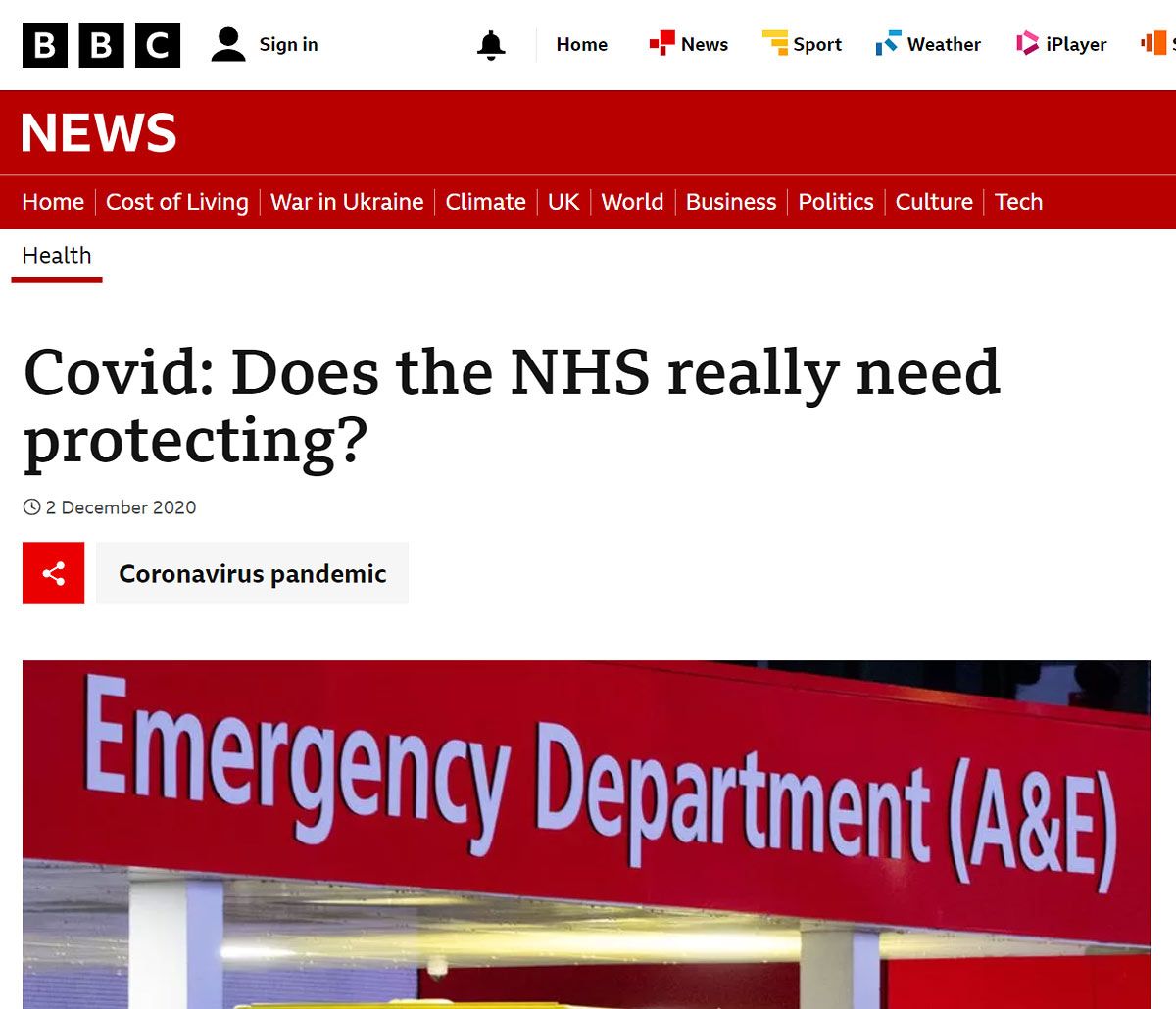













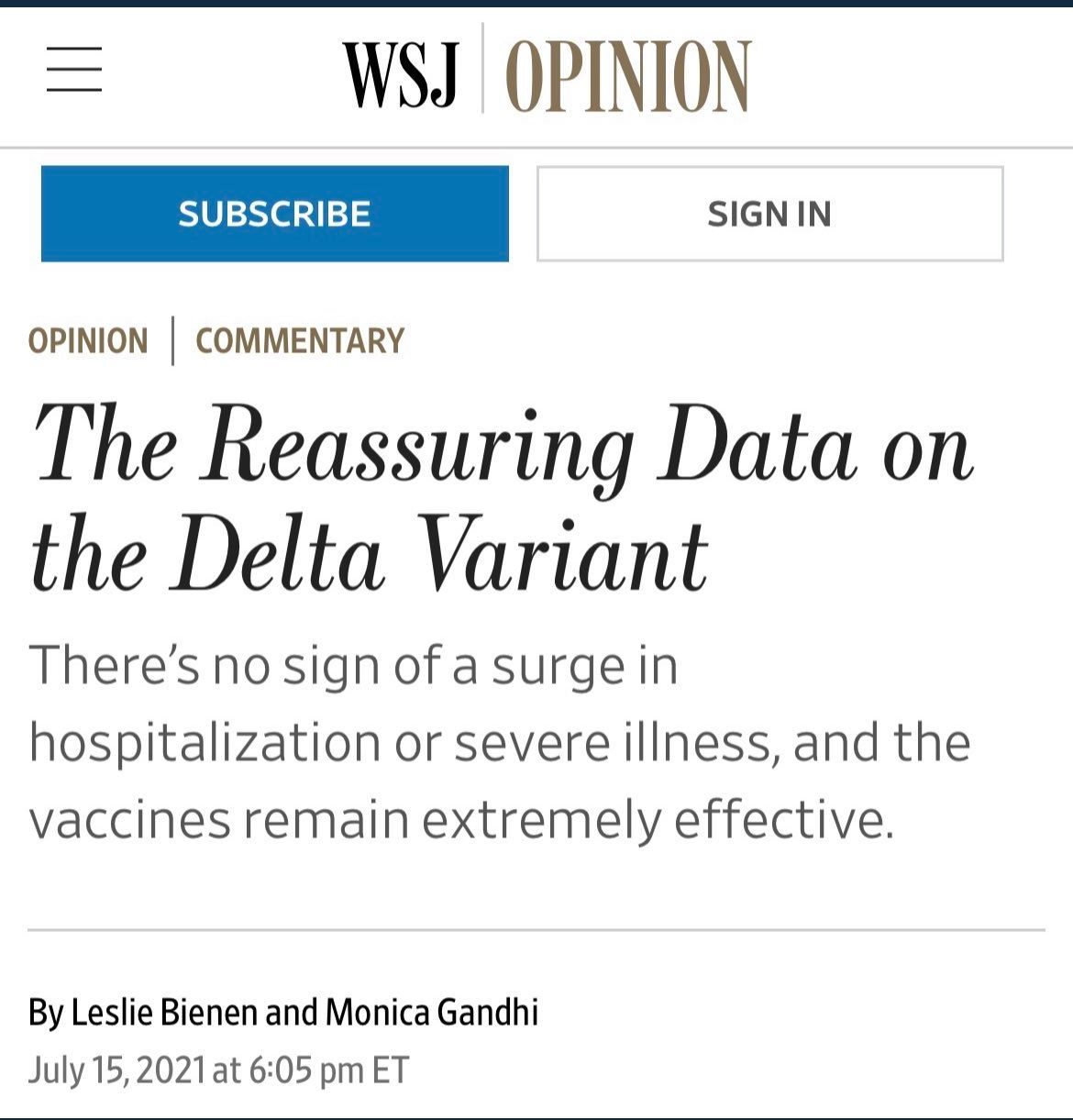


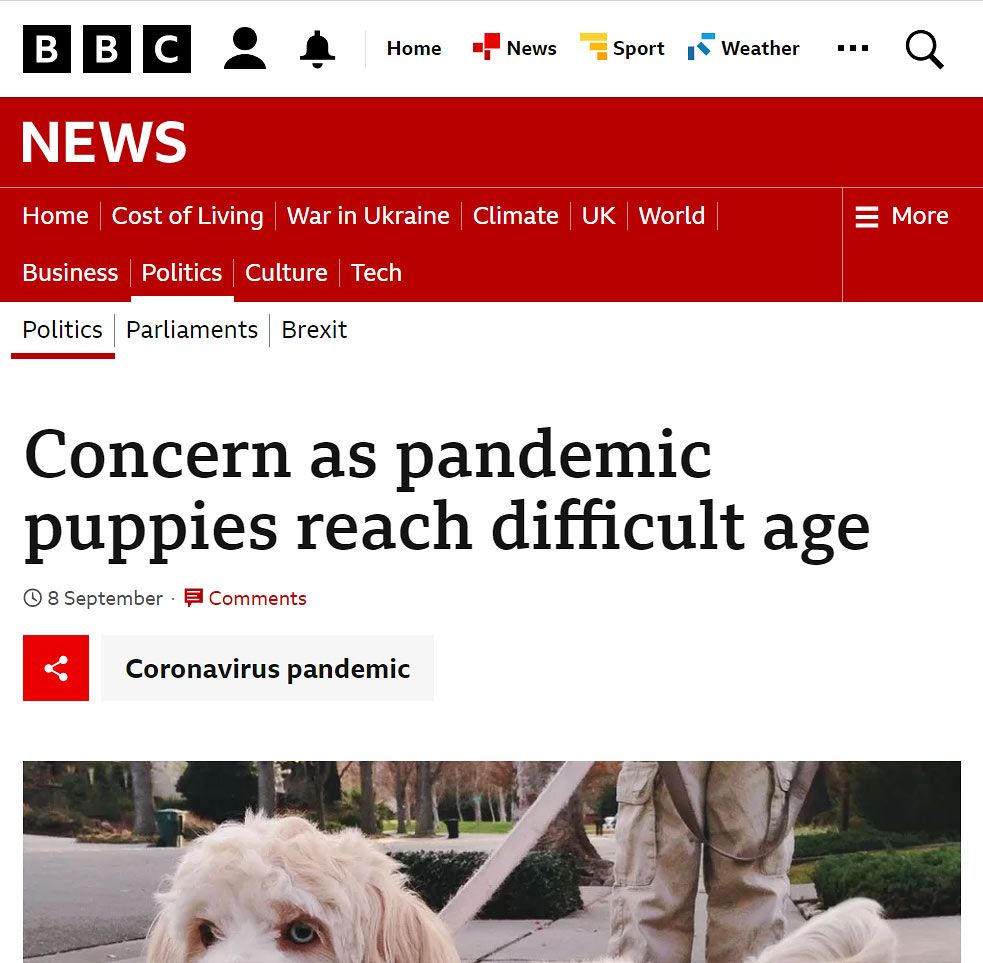
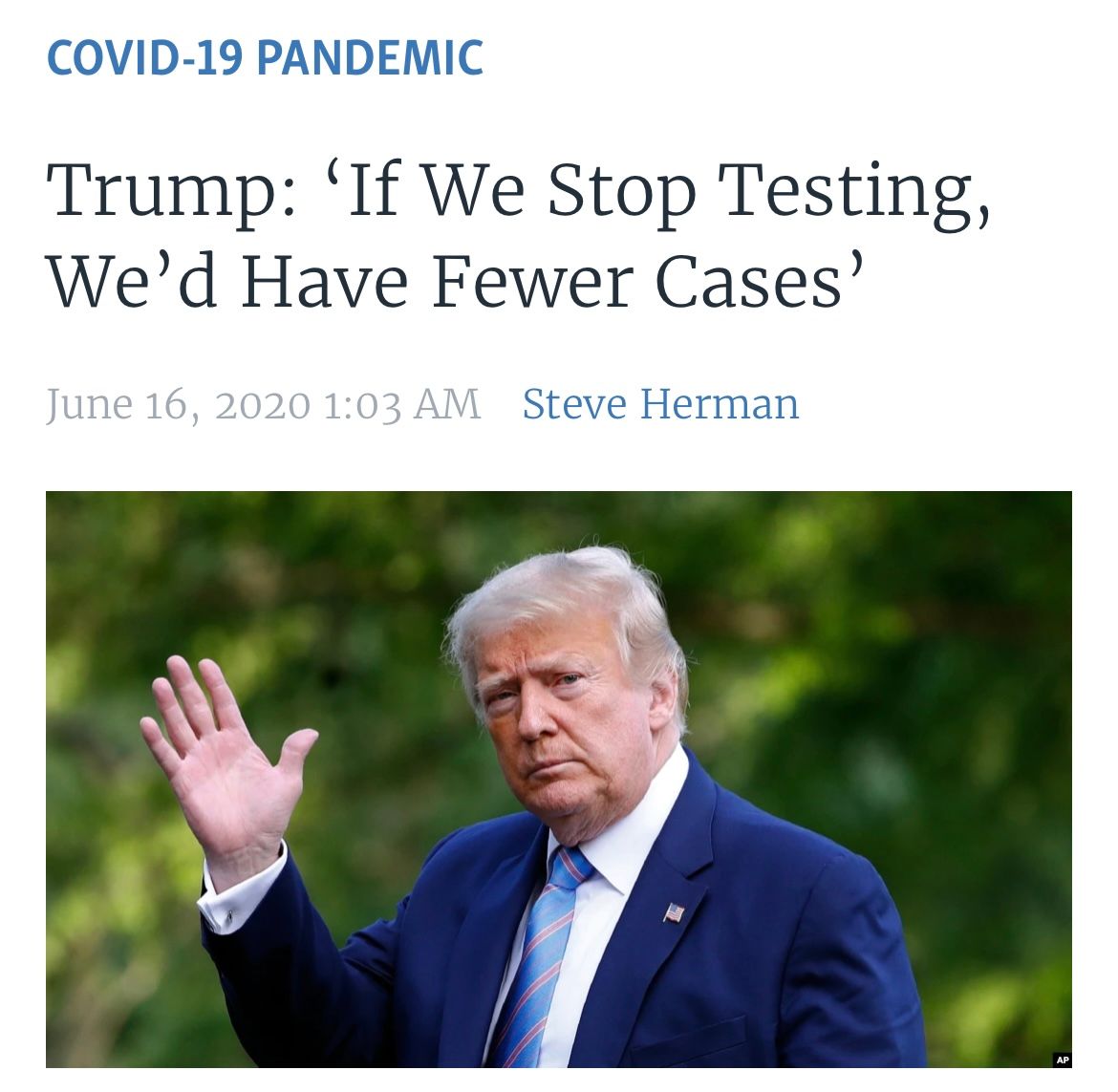
C-19: Archives
Useful search tags:
airborne / air filtration / babies & children / body / brain / C19.Life / cancer / comment / COSHH / dementia / economy / elders / excess deaths / exercise / flu / healthcare workers (HCW) / heart / HEPA / history / HIV / hospitals / immunity / influenza / Lisa Iannattone / long covid / lungs / lymphopenia / mitochondria / muscles / musculoskeletal / NHS / NHS estates / Noor Bari / nosocomial / PEM / parkinson’s / propaganda / reinfections / reproduction and pregnancy / resources / respirators / respiratory / risk / SARS(-CoV-1) / schools / Semmelweis / solutions / transmission / UKHSA / universities / UVC / vaccines / variants / WHO / young adults / zoonosis
